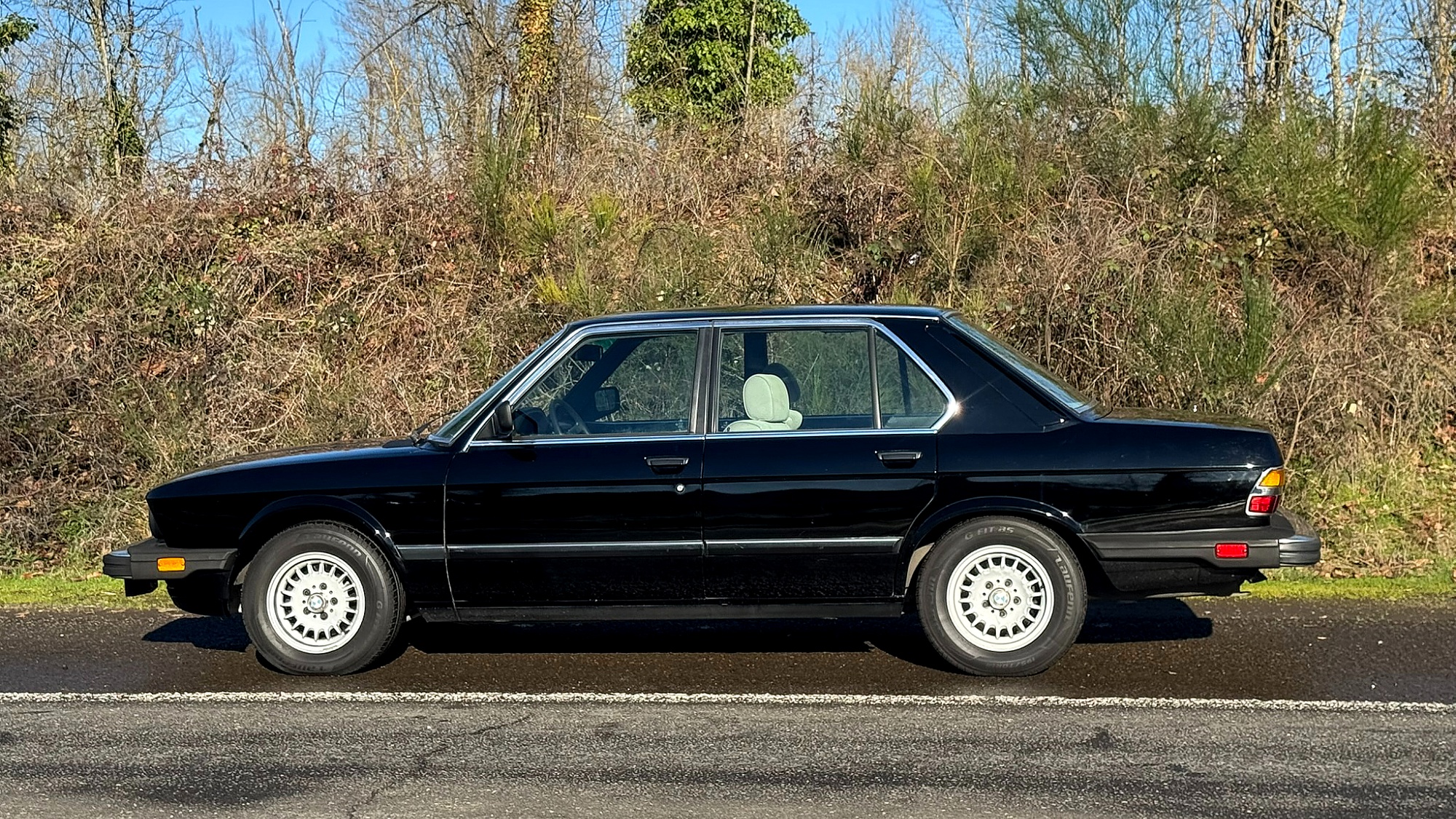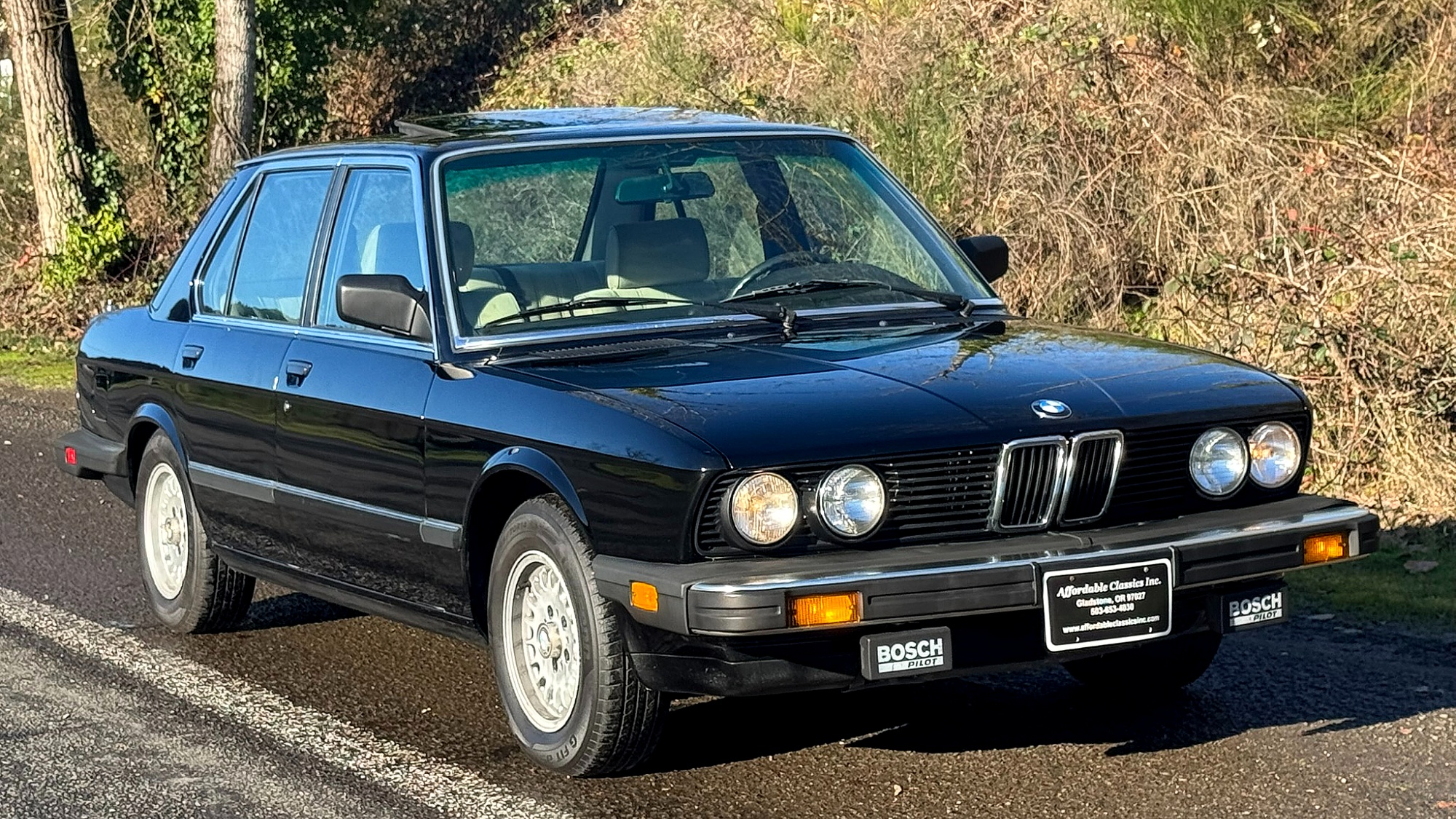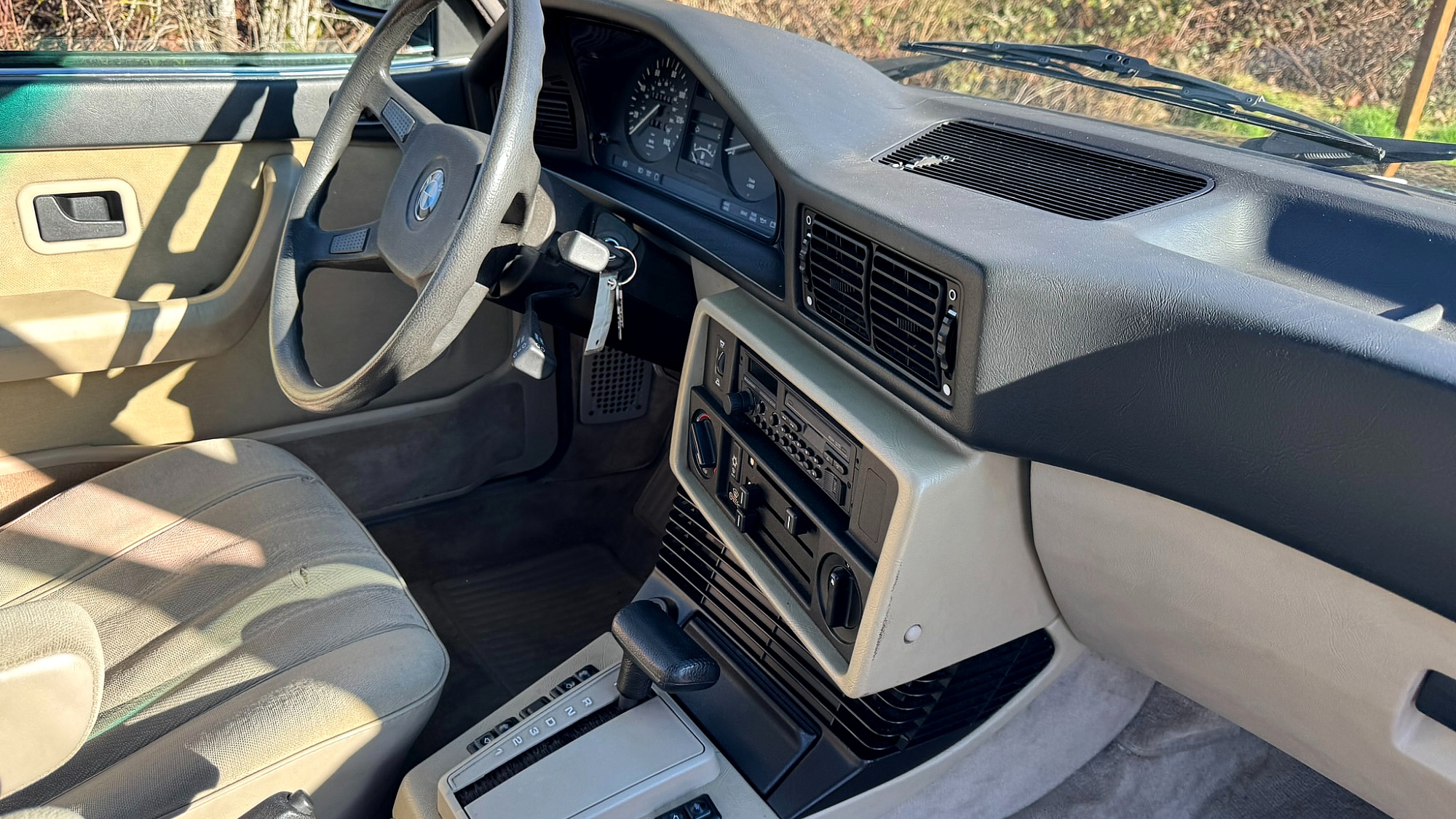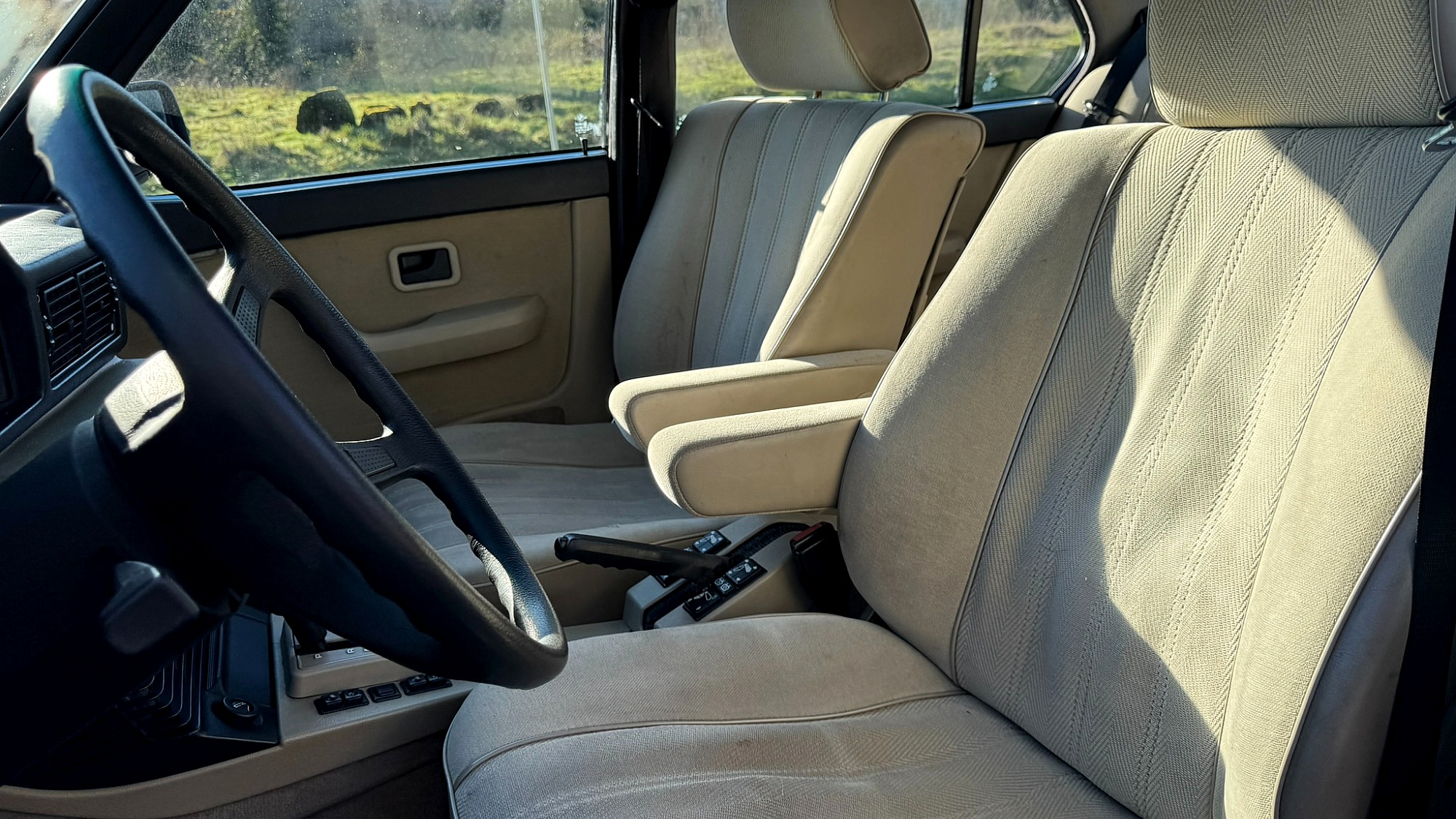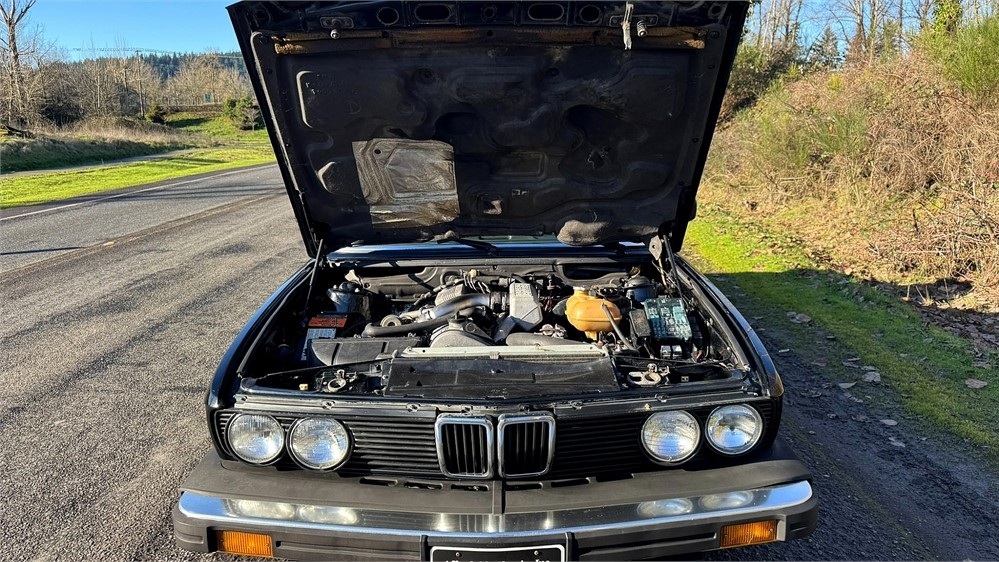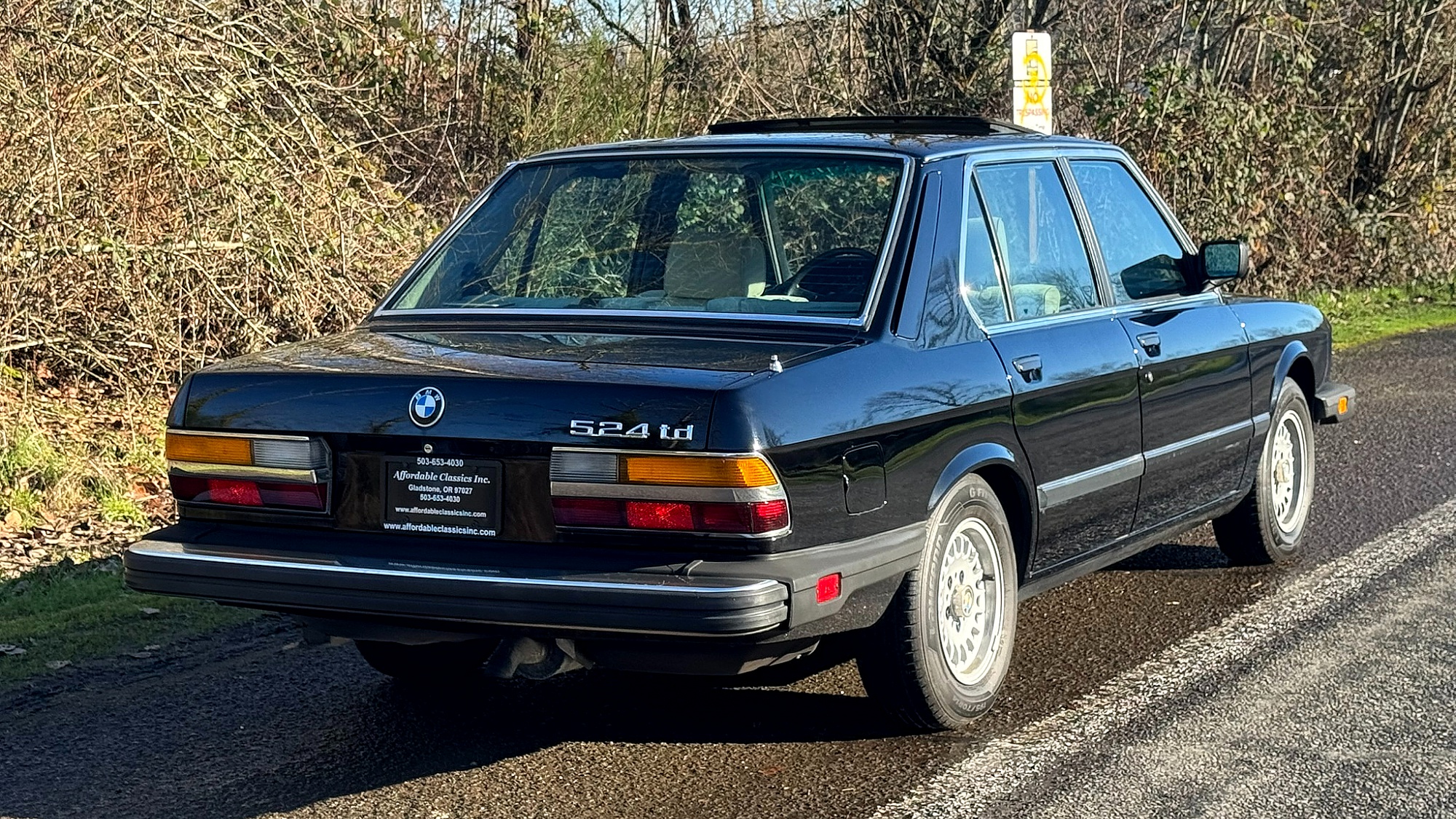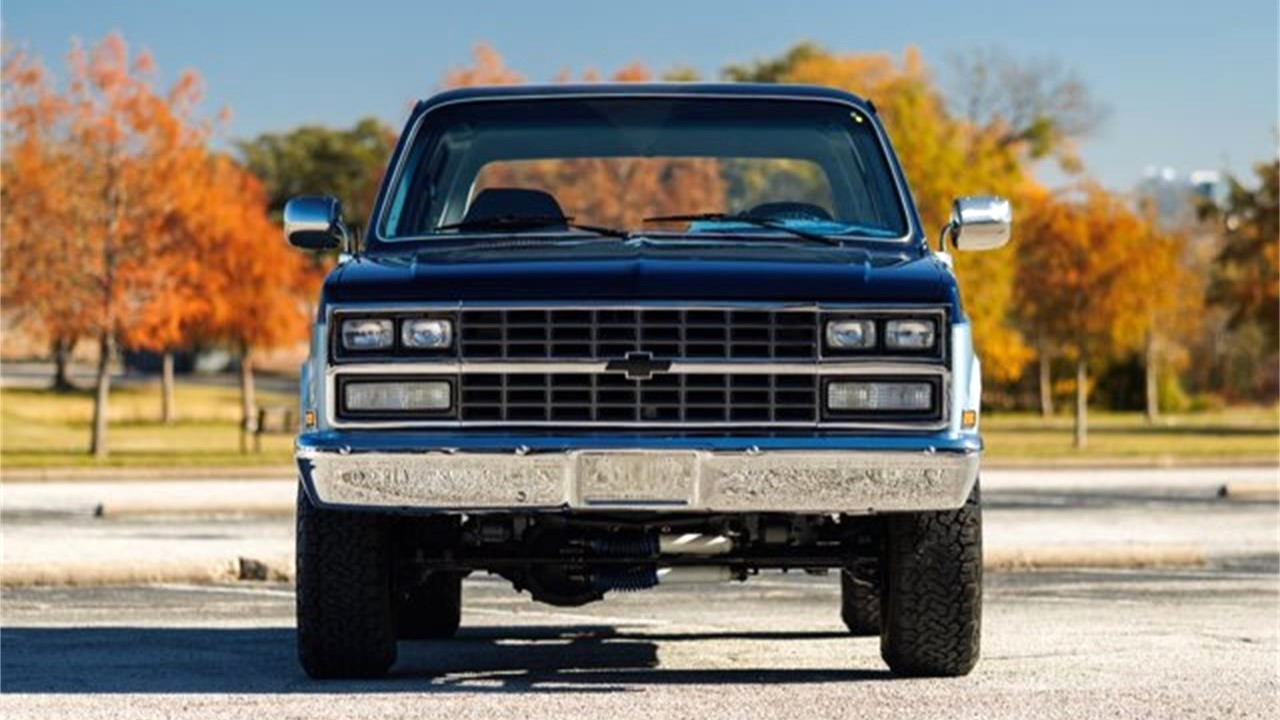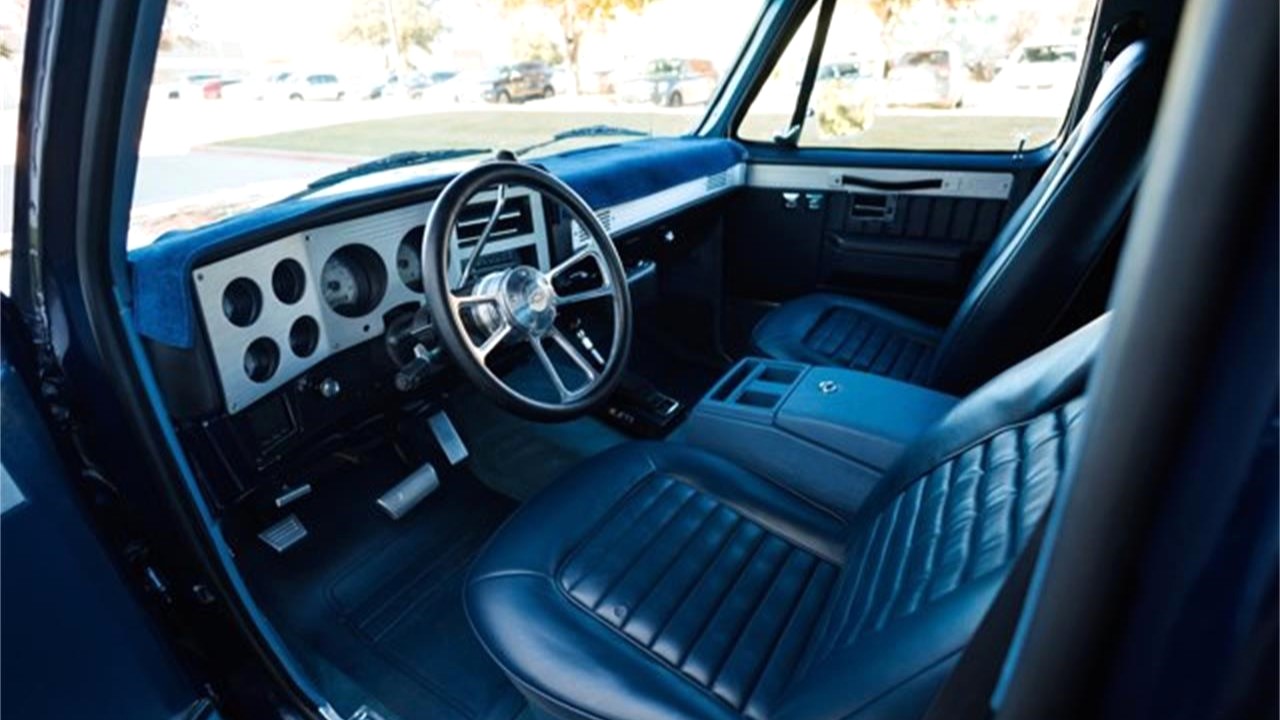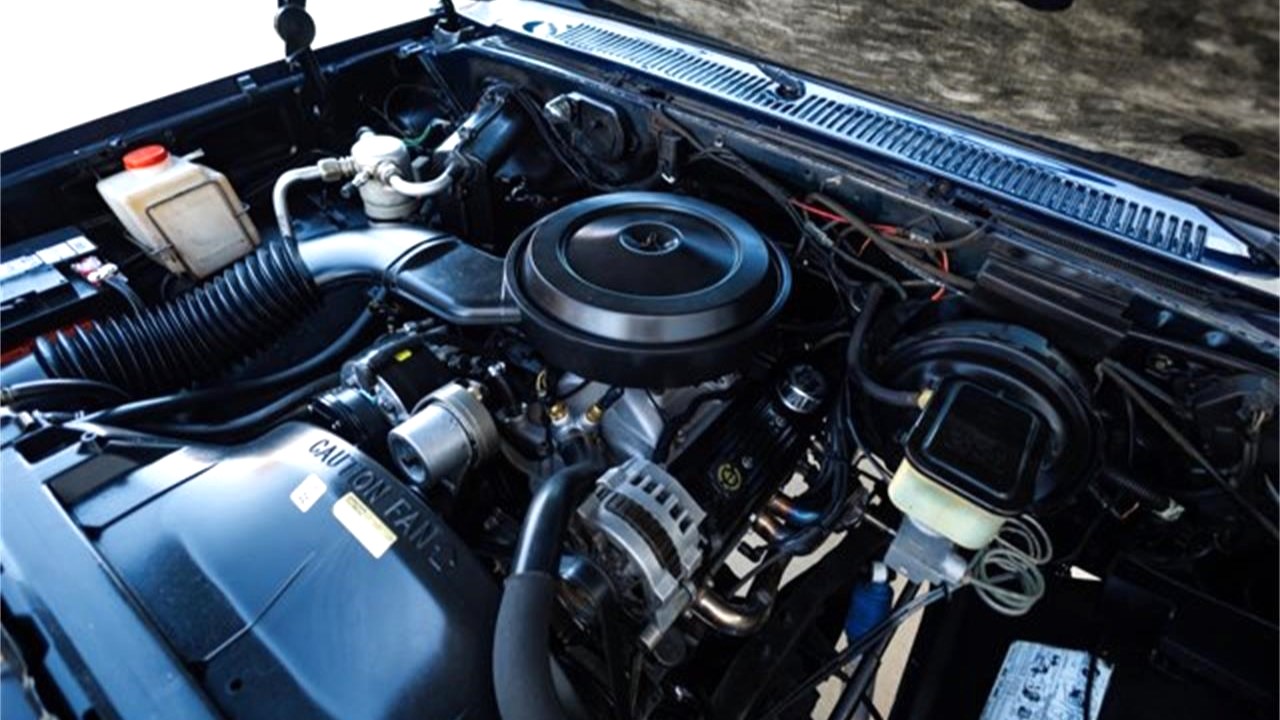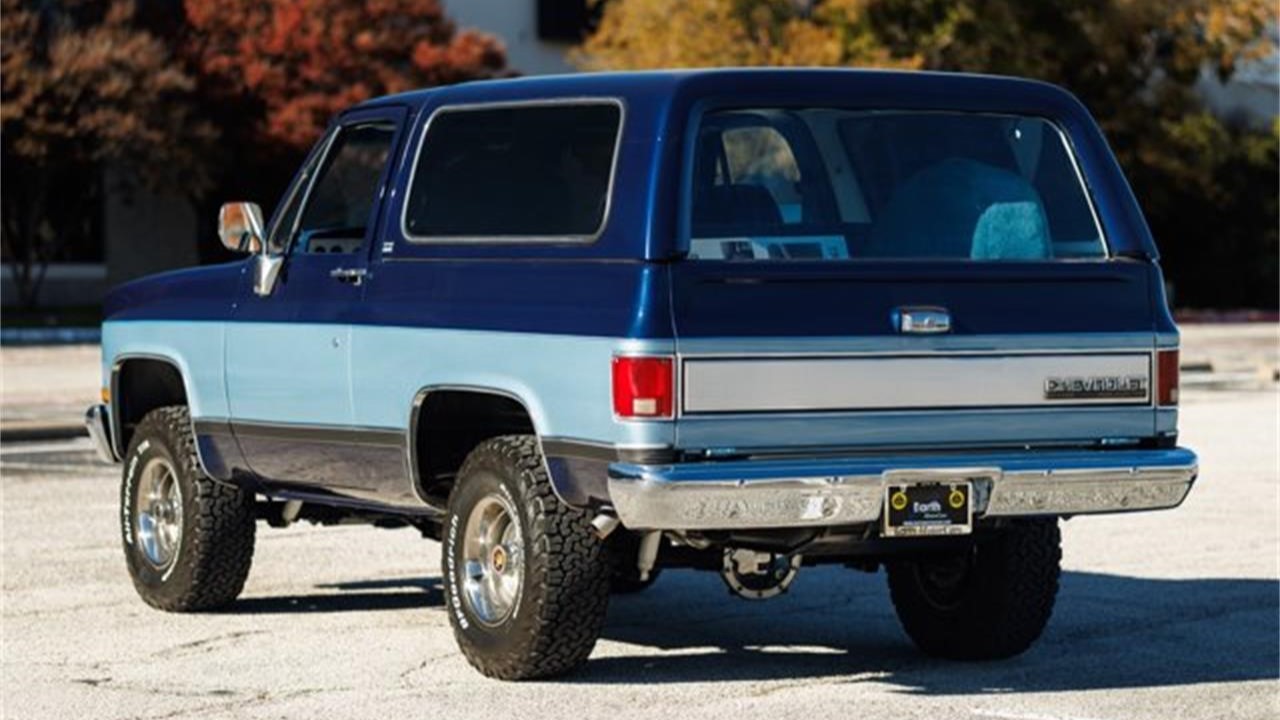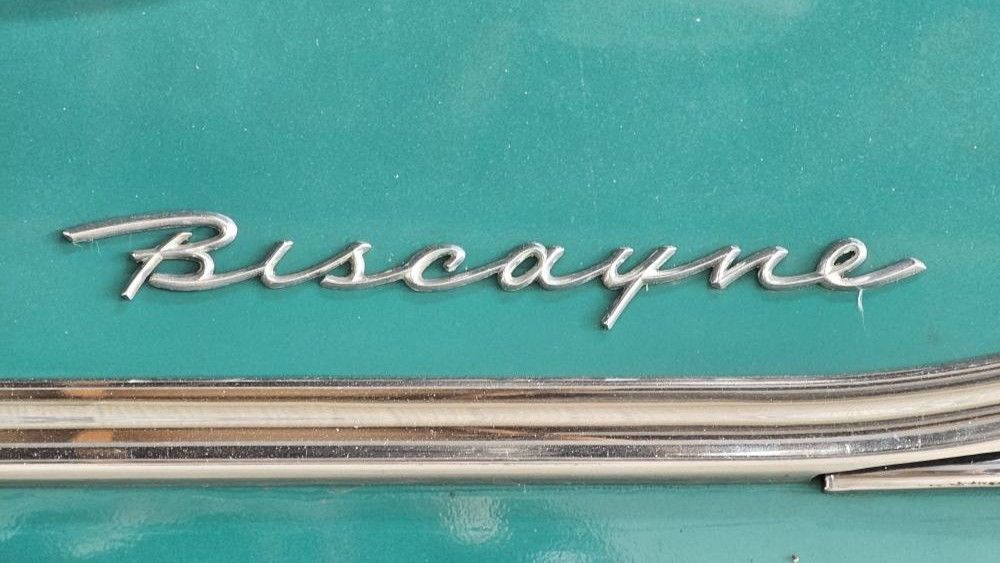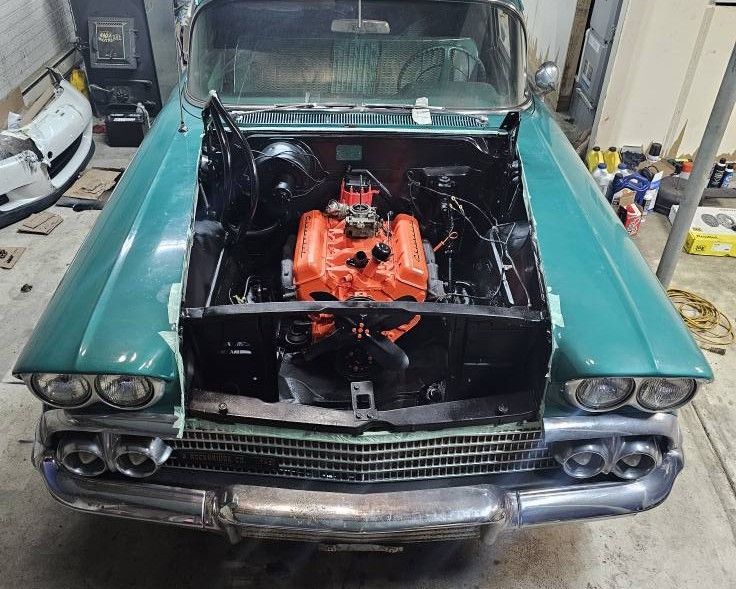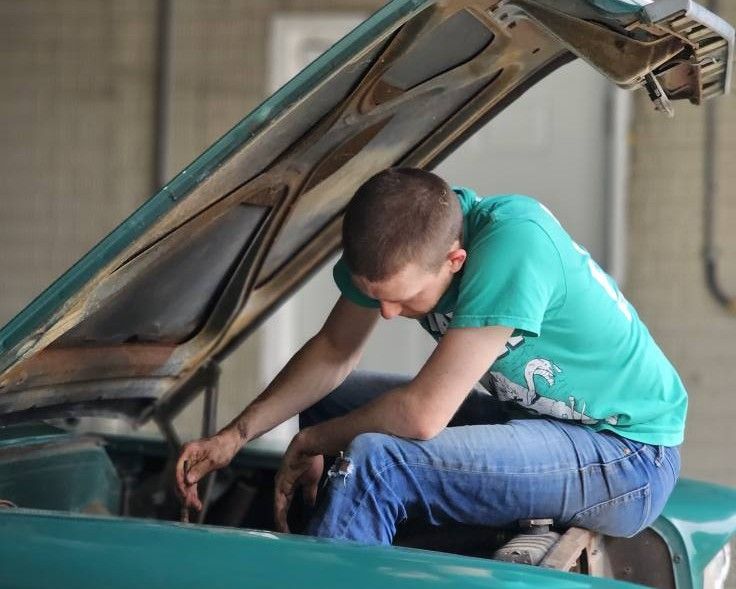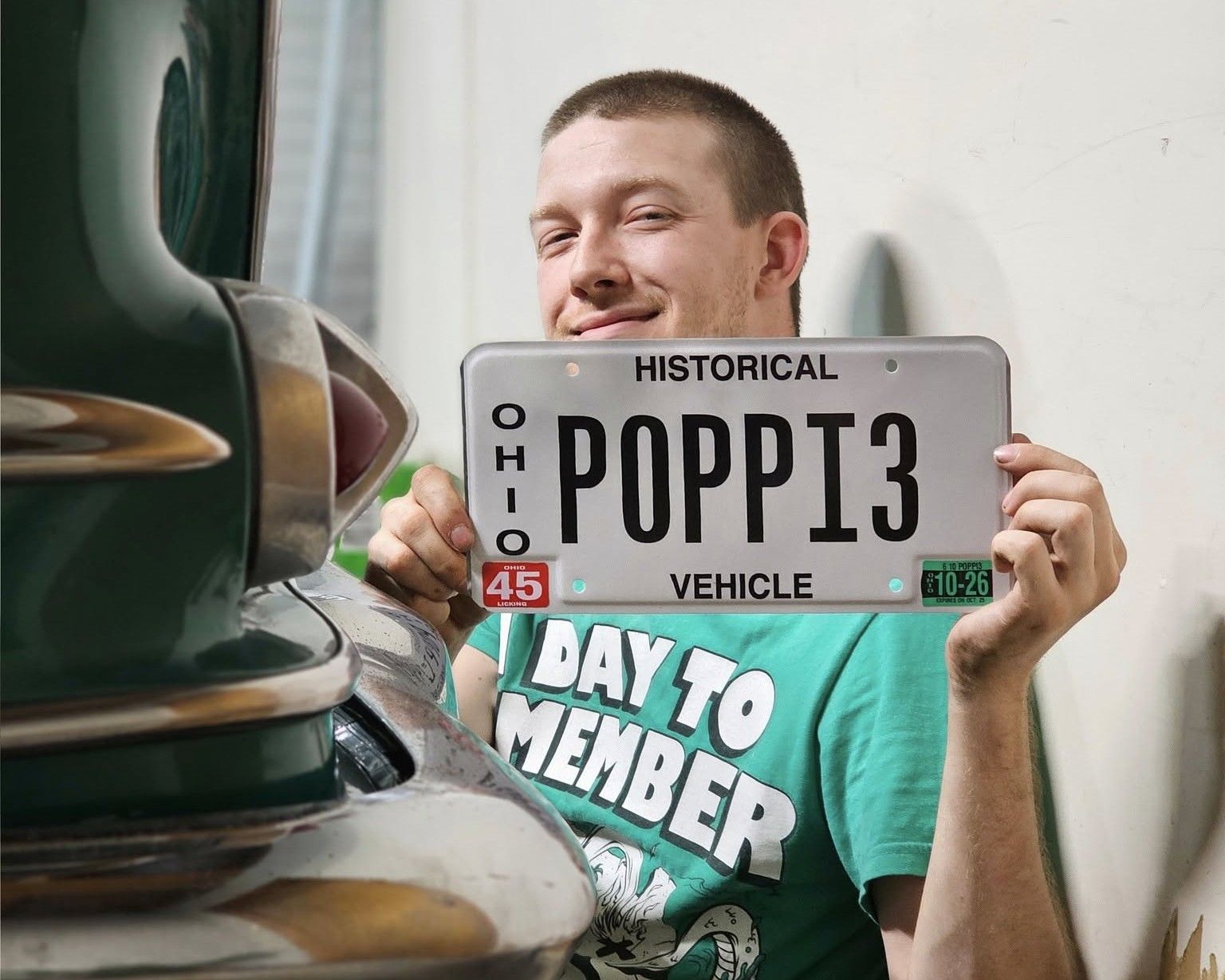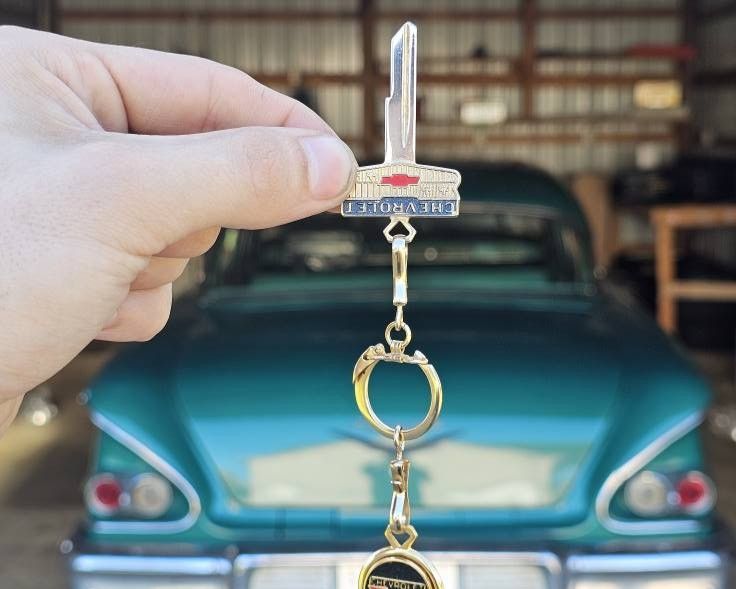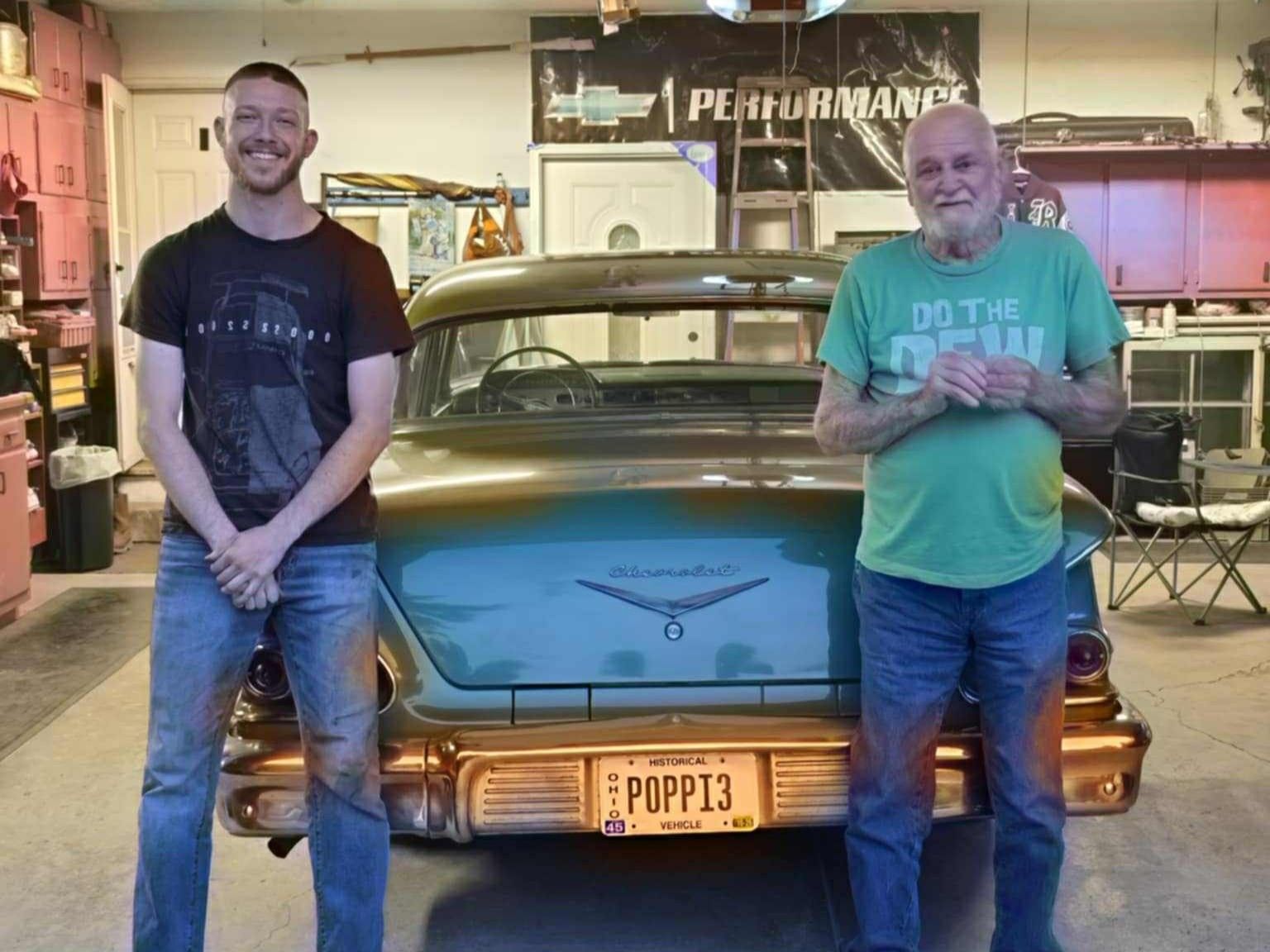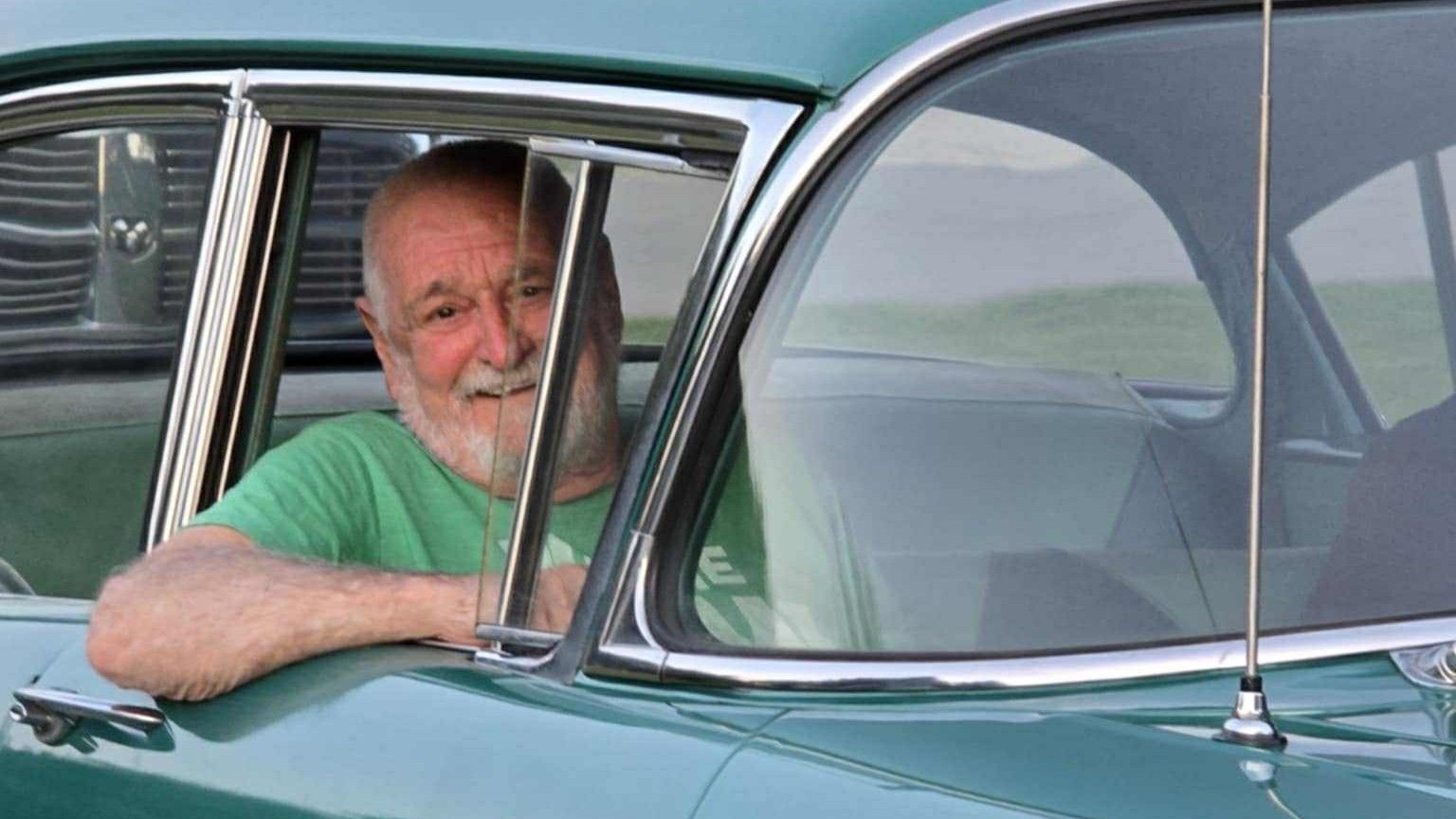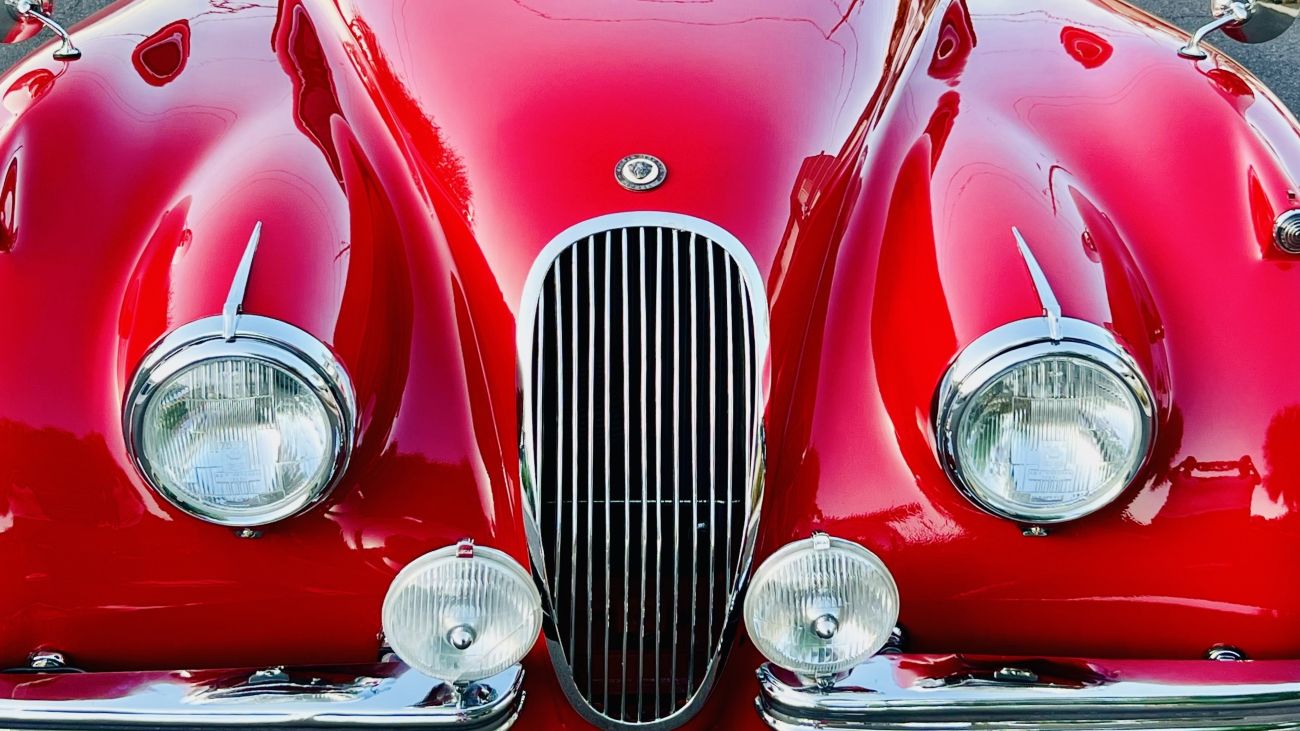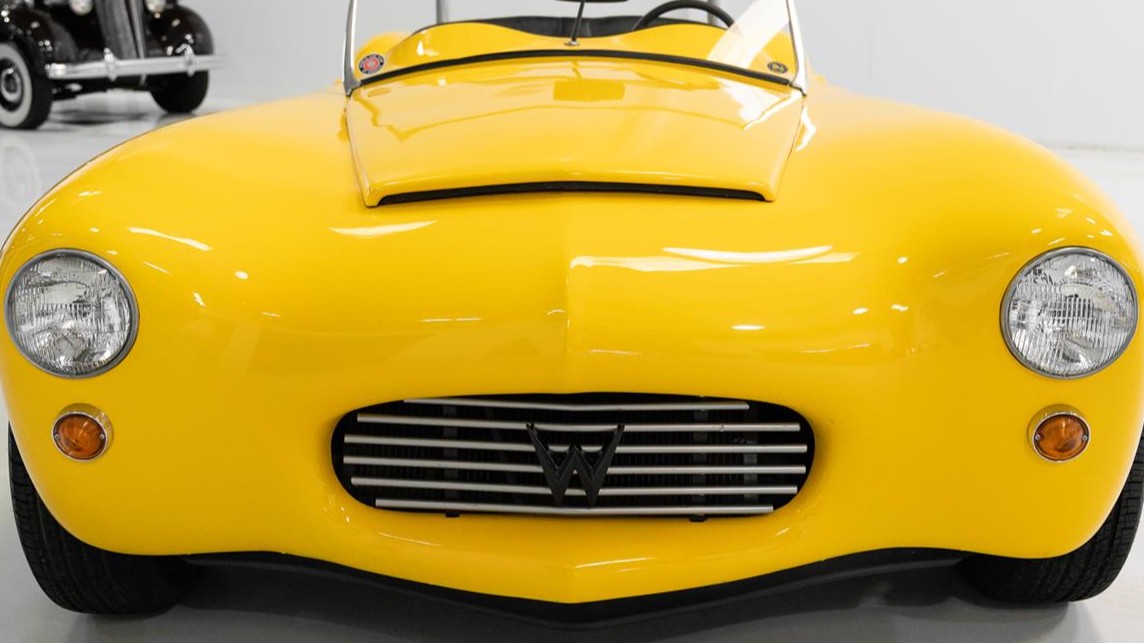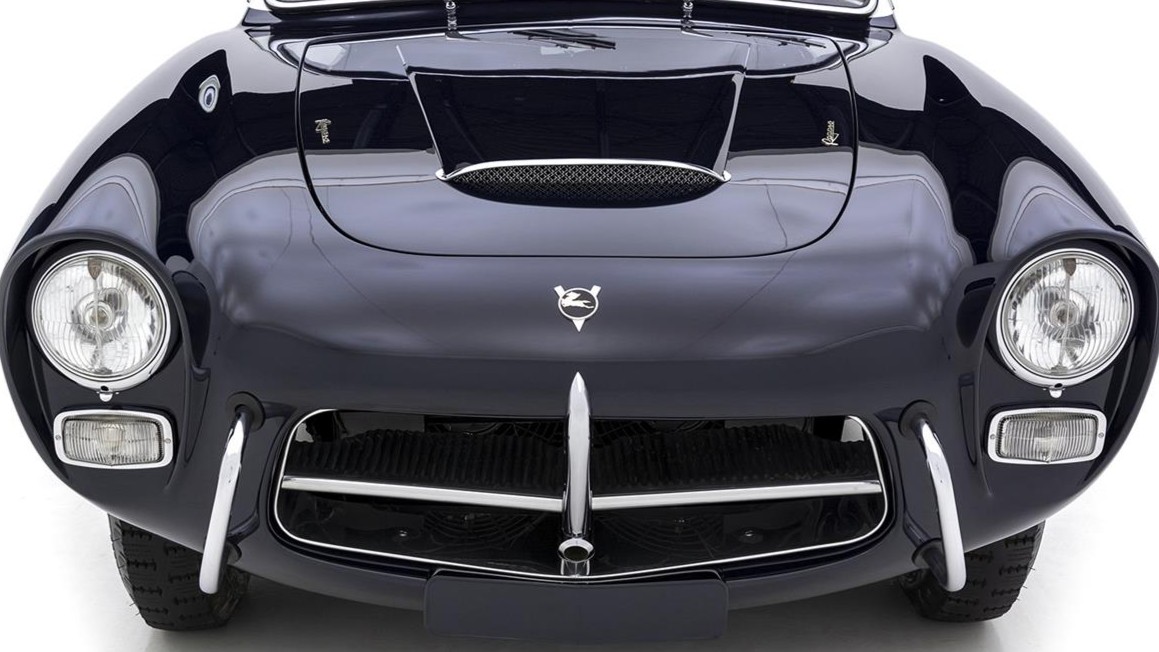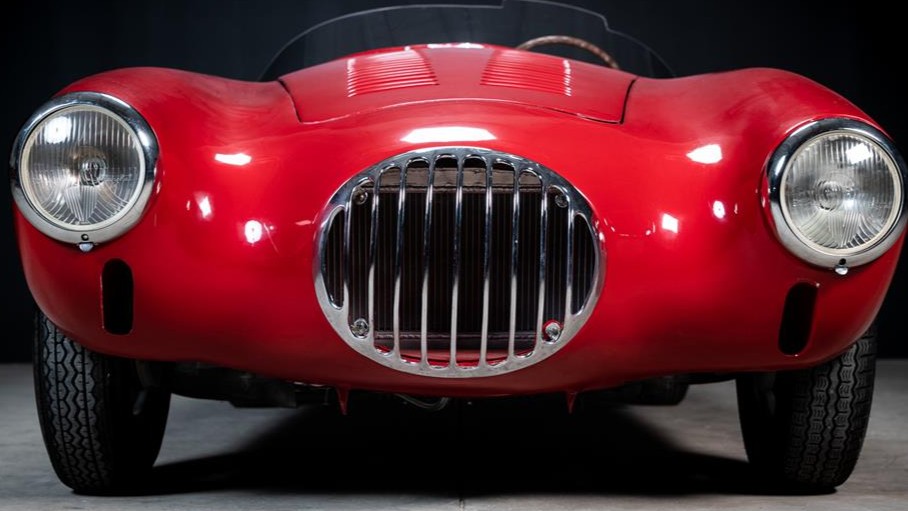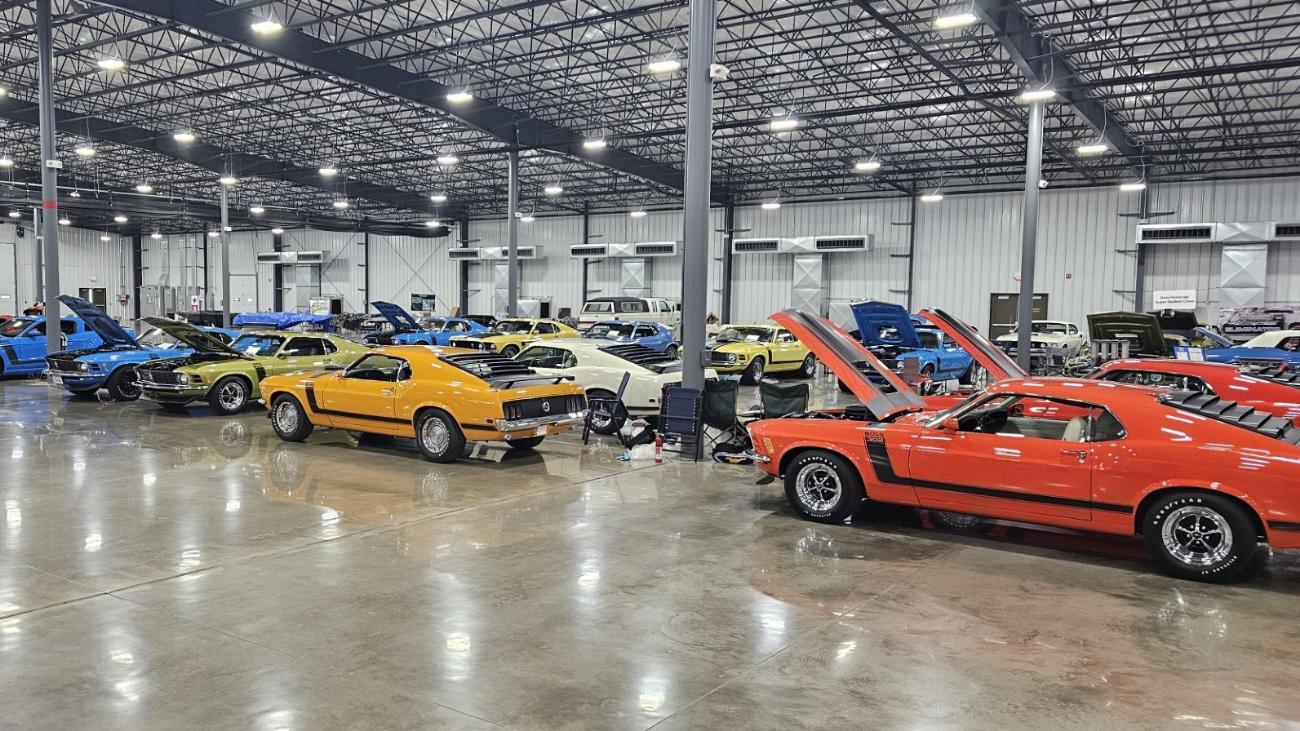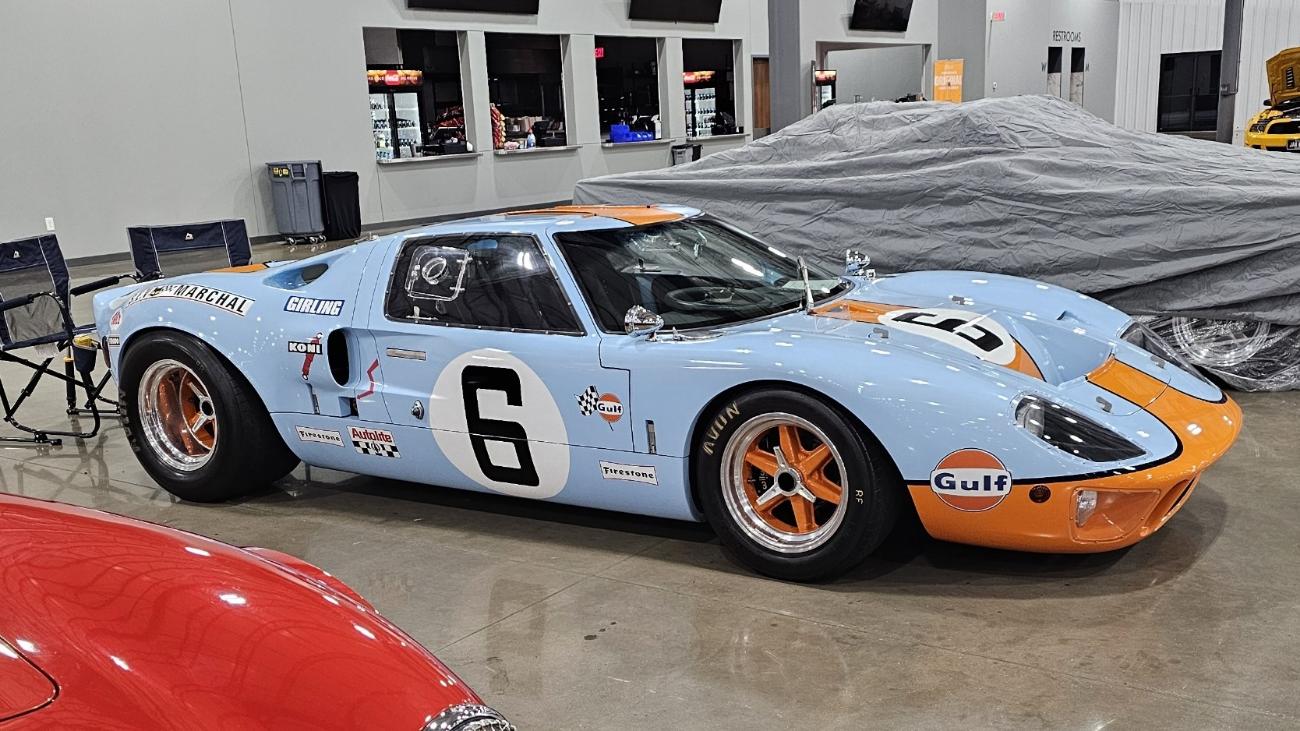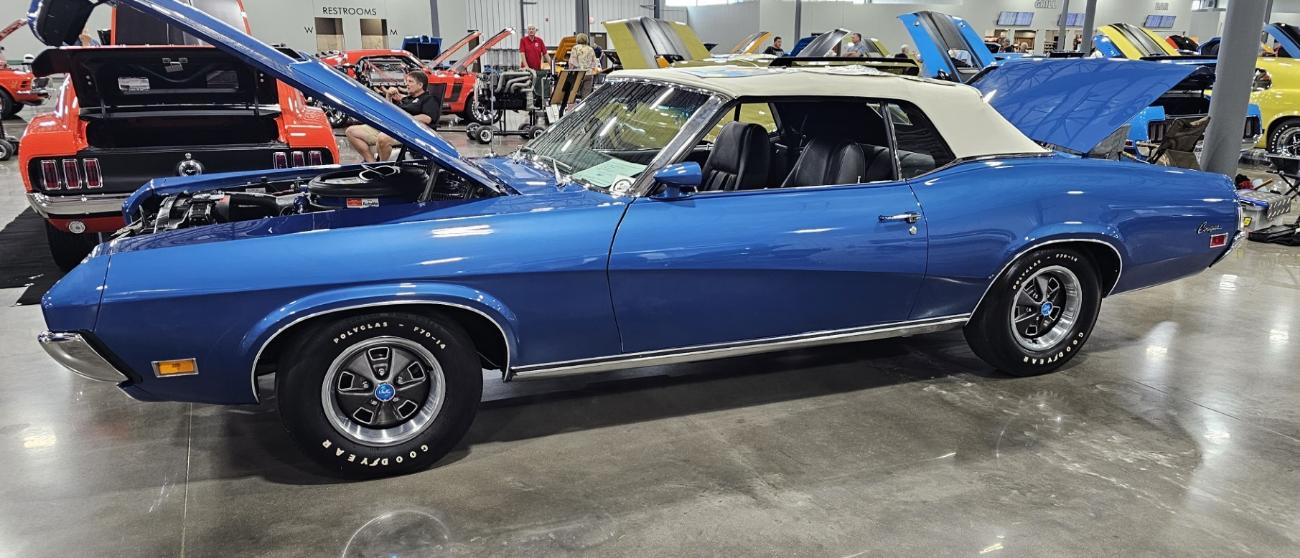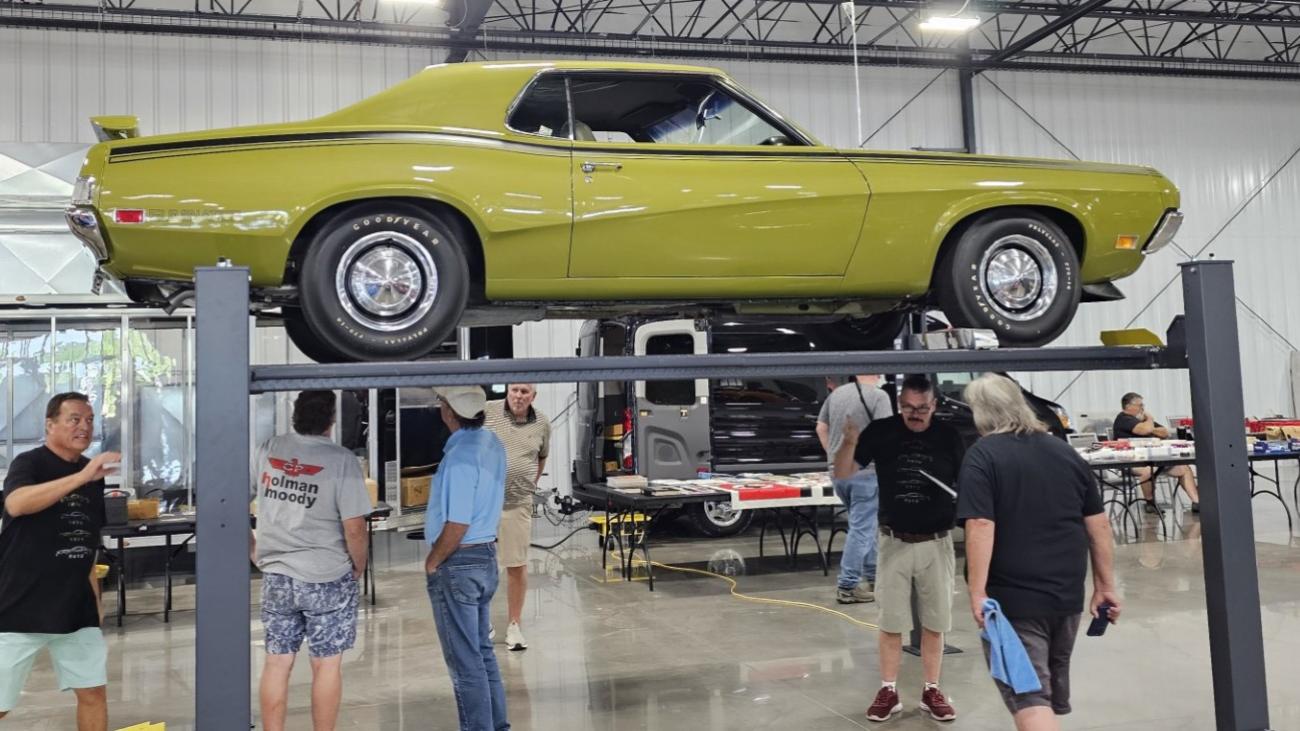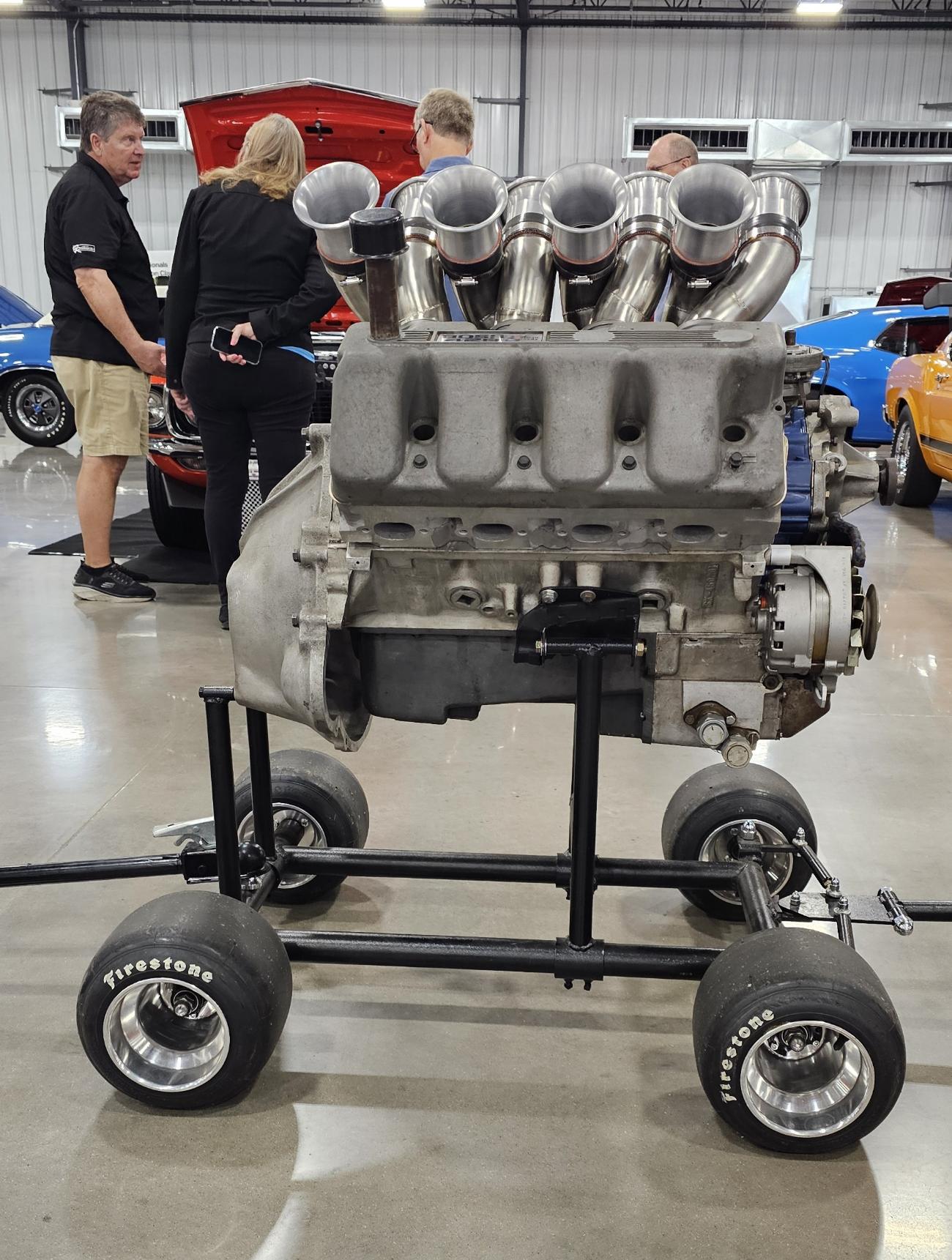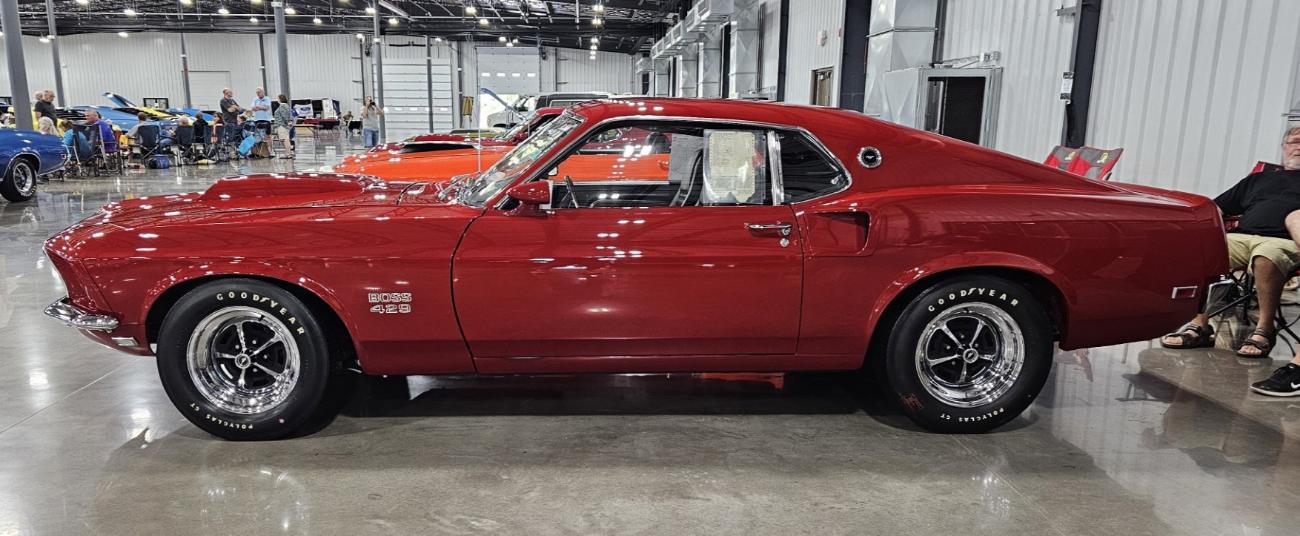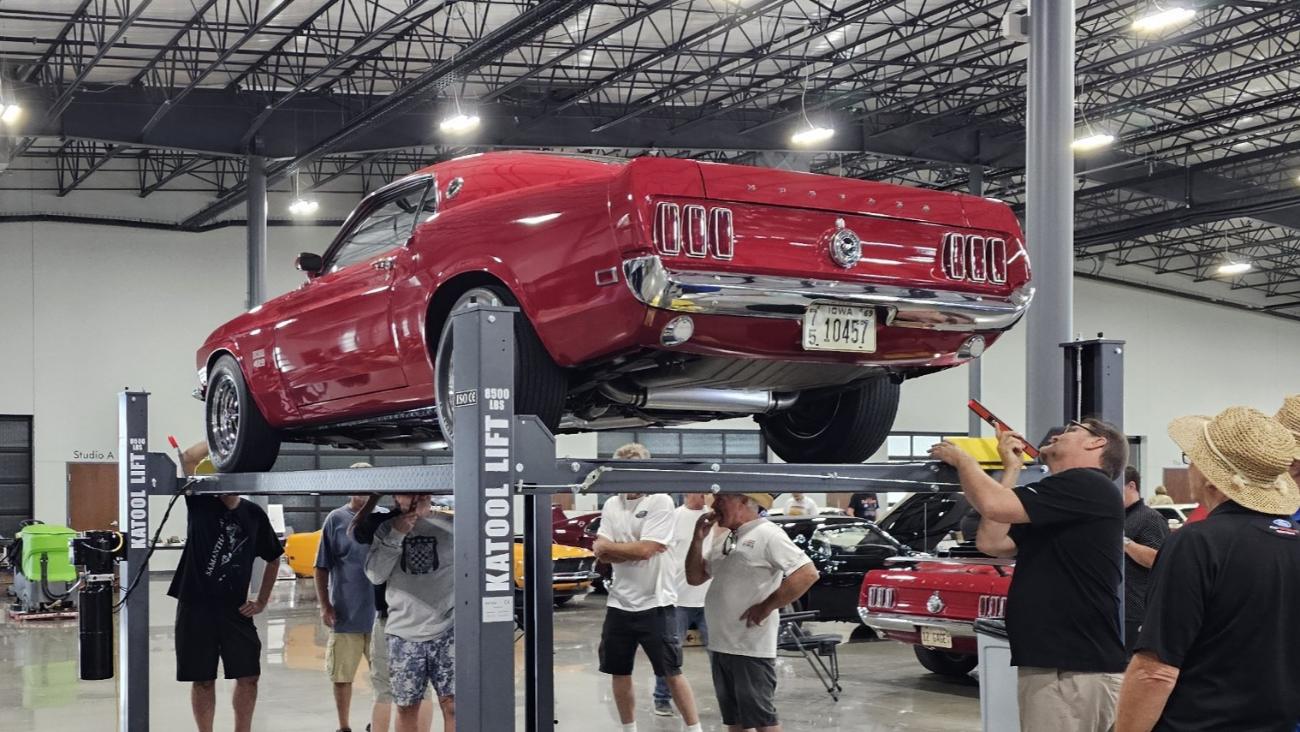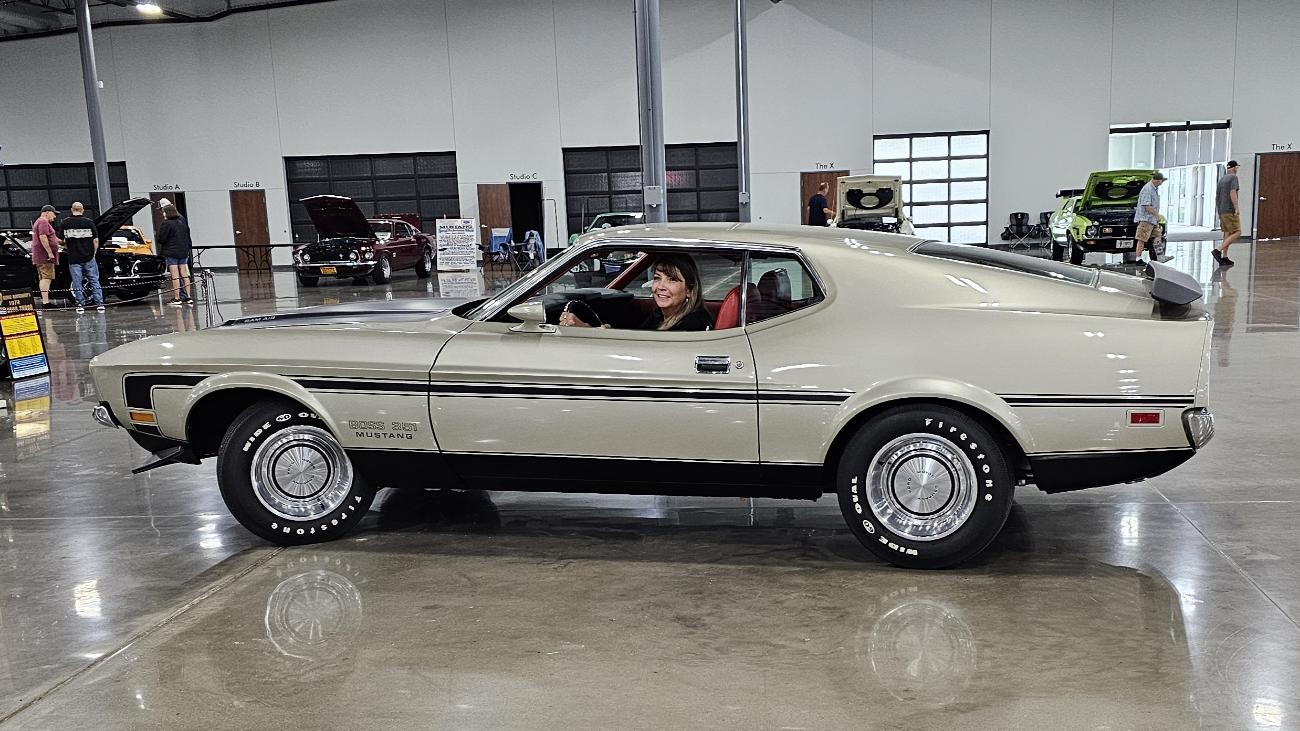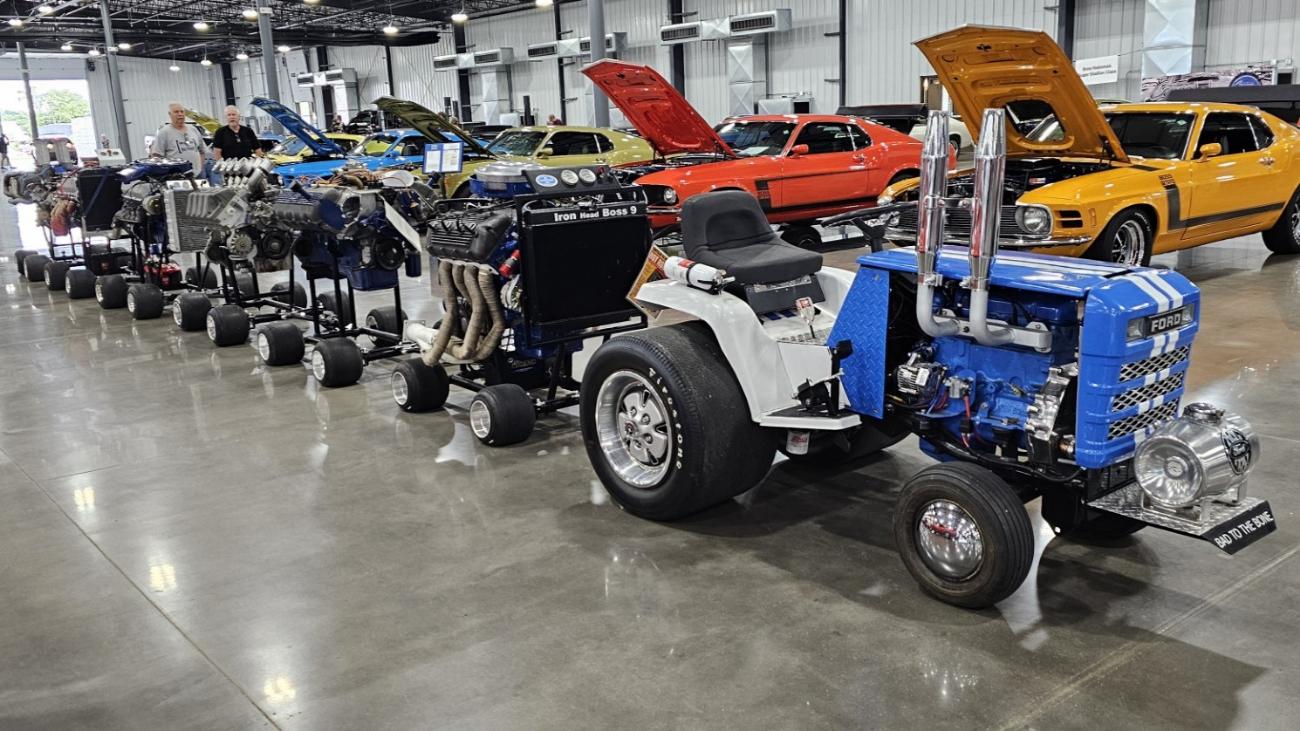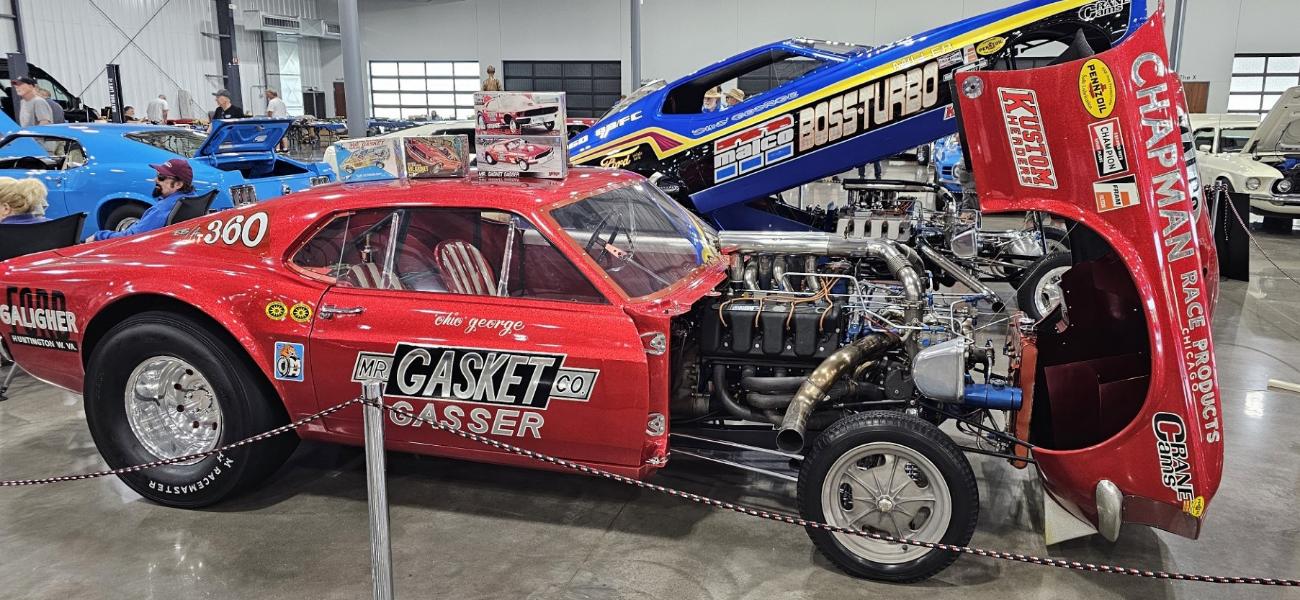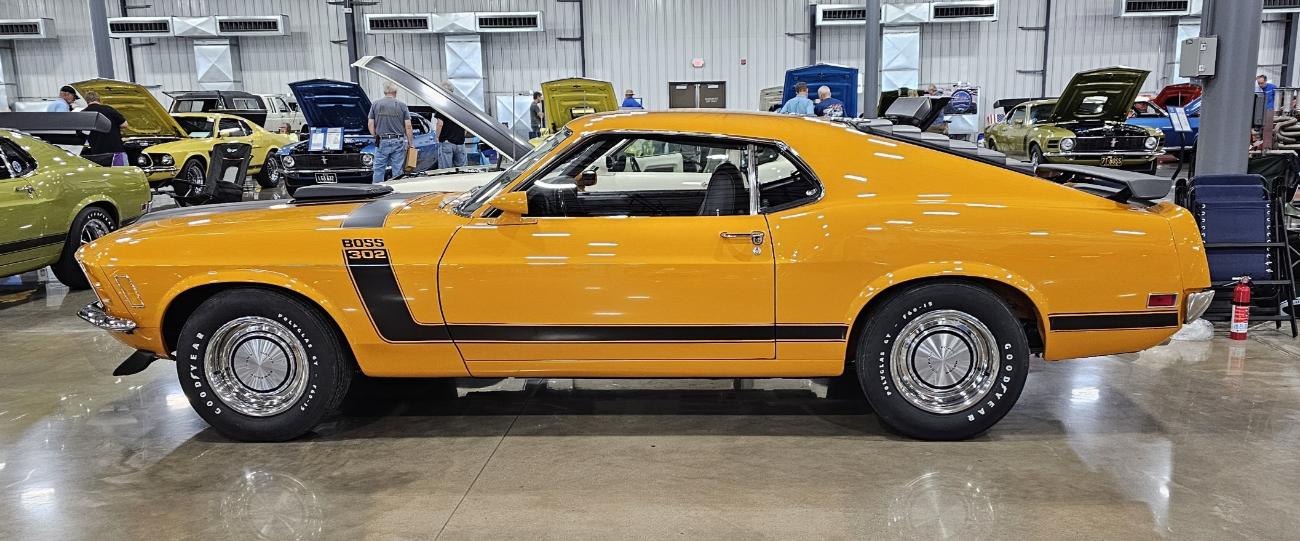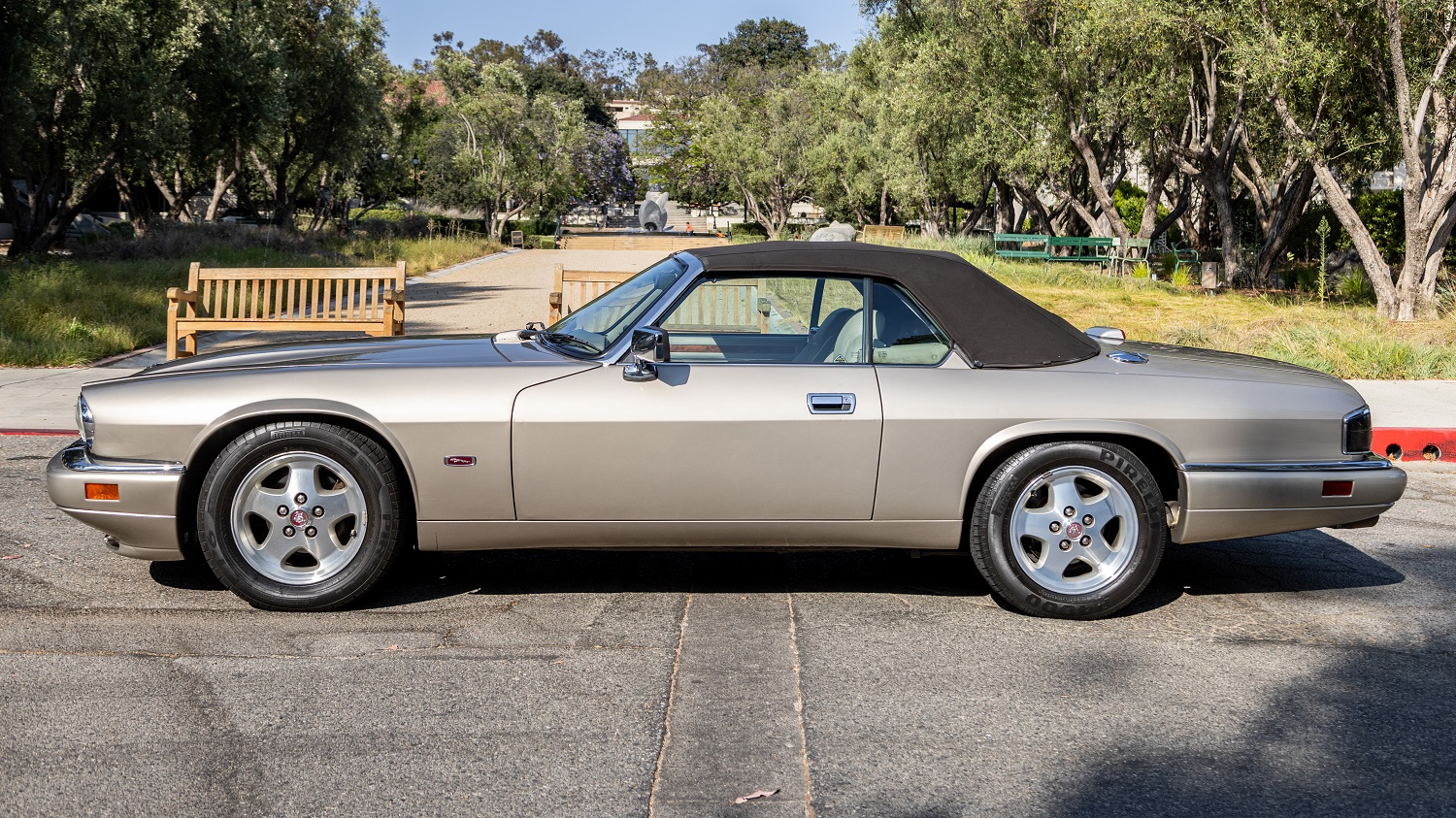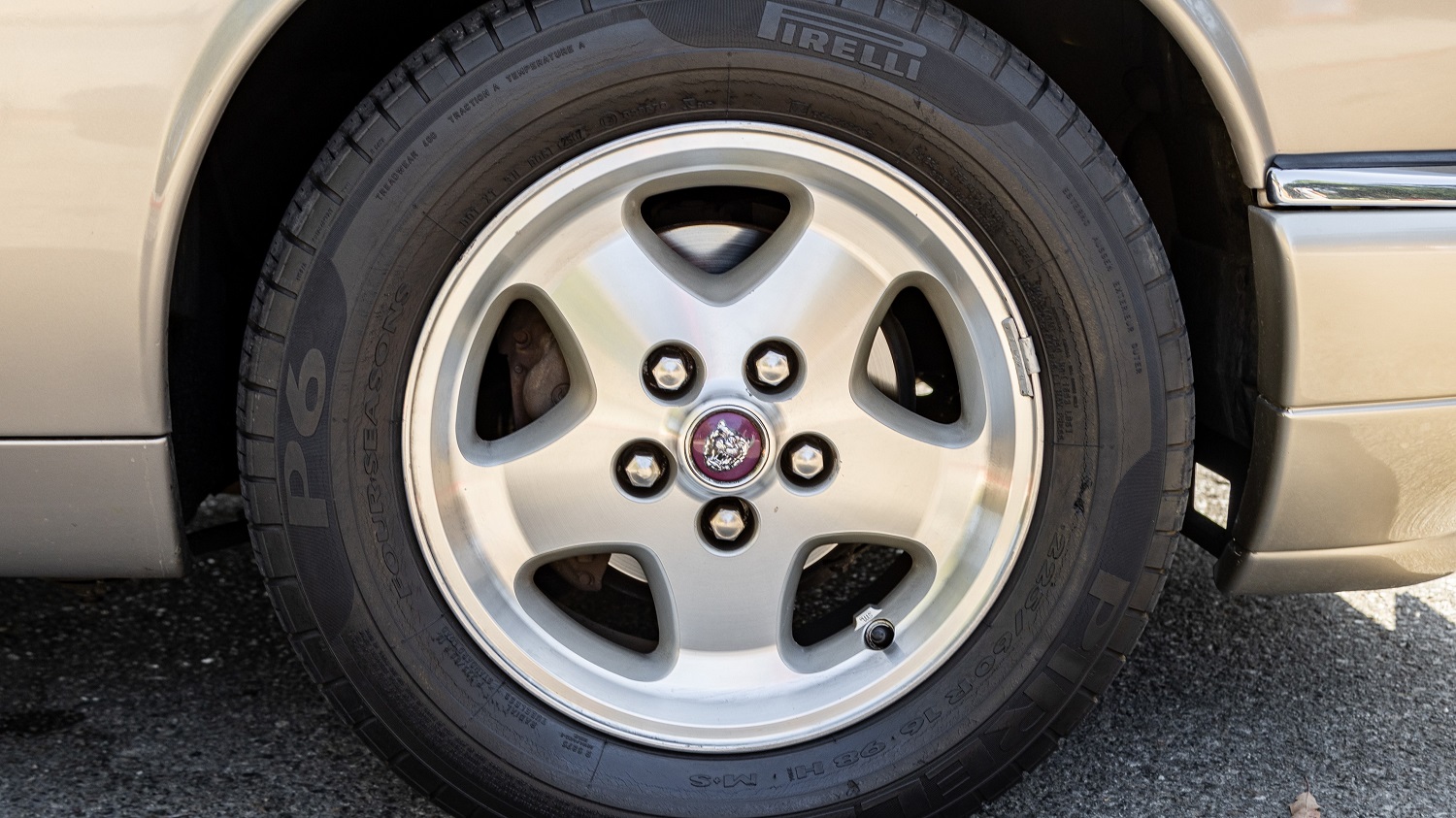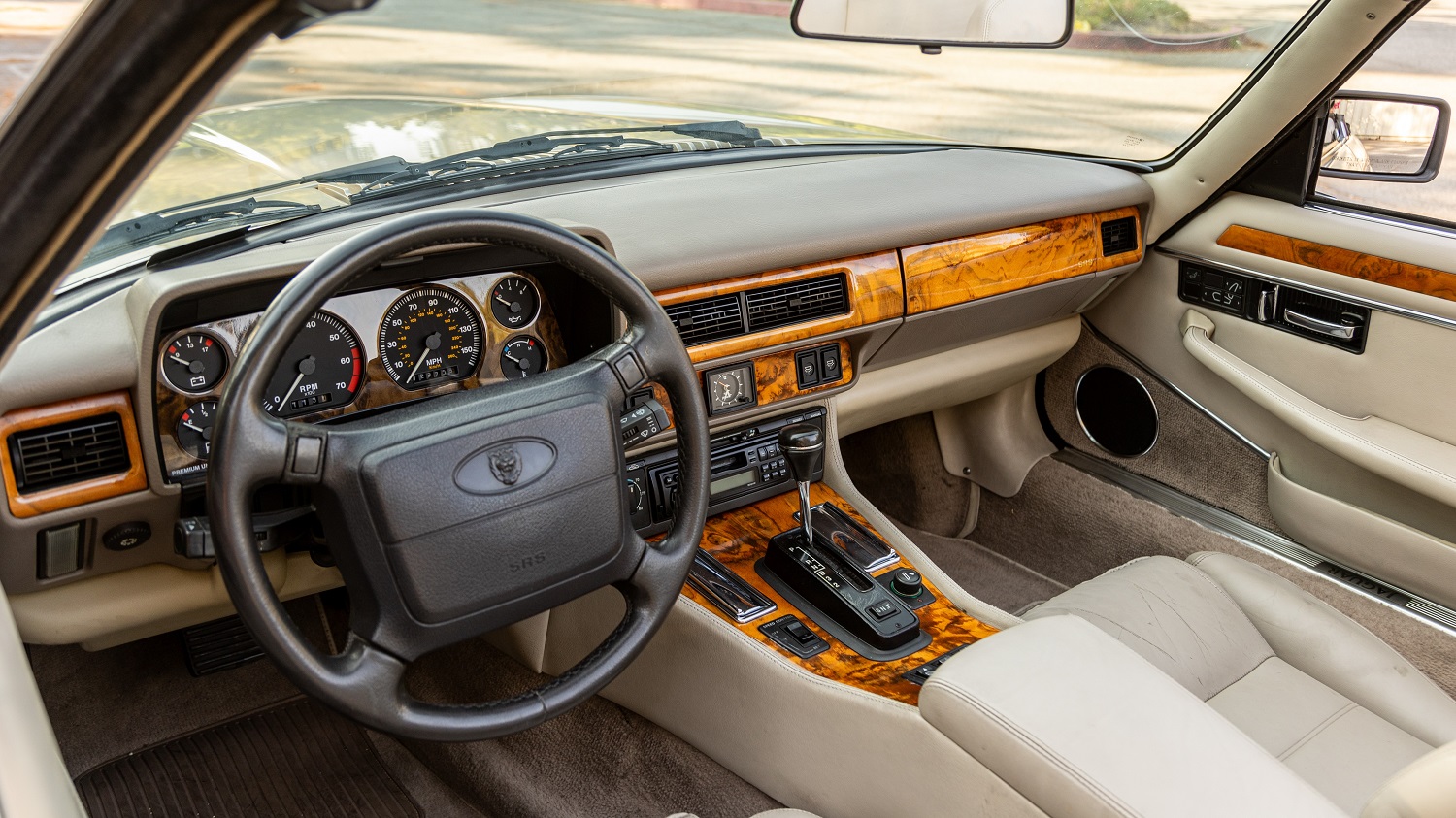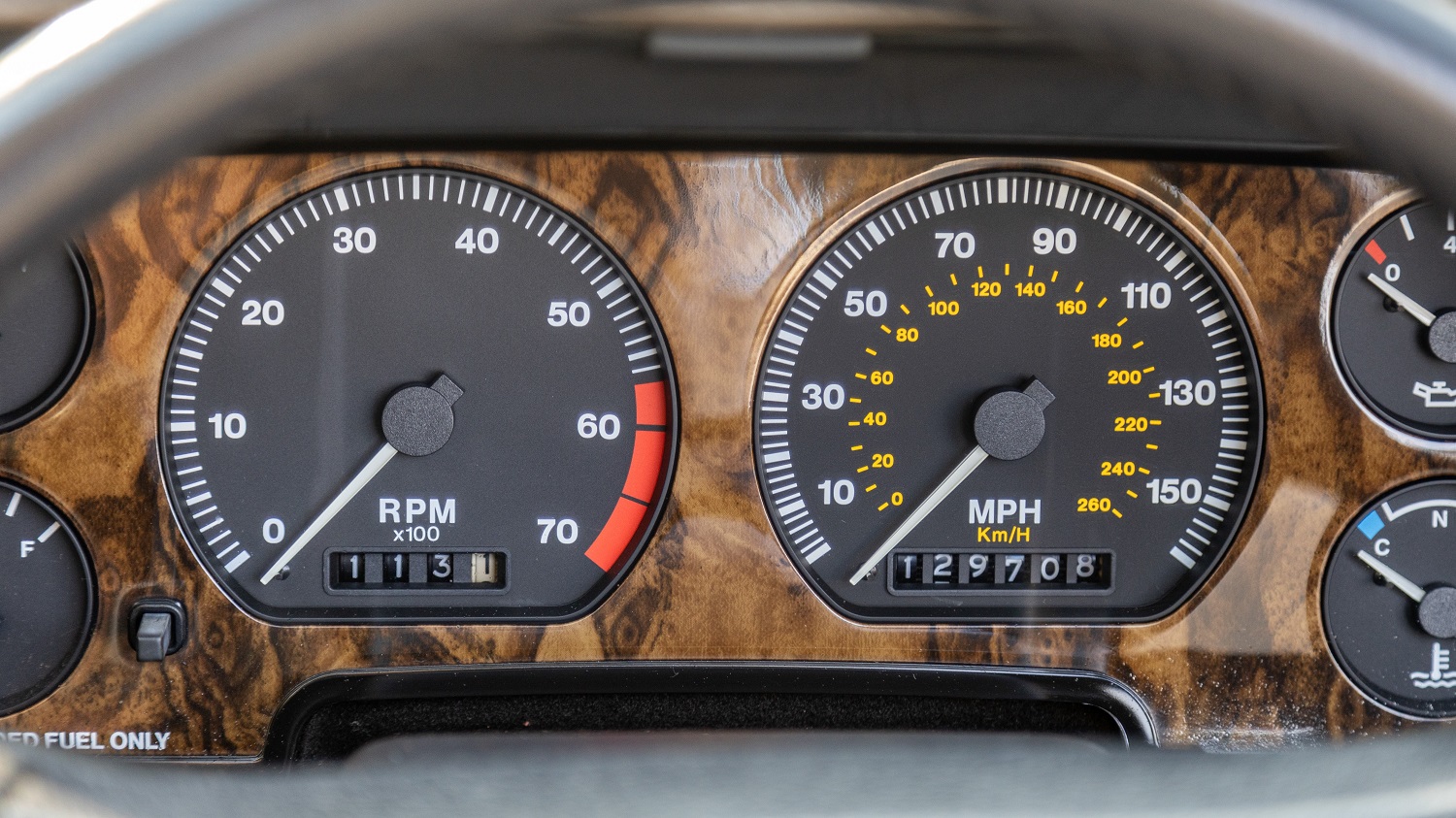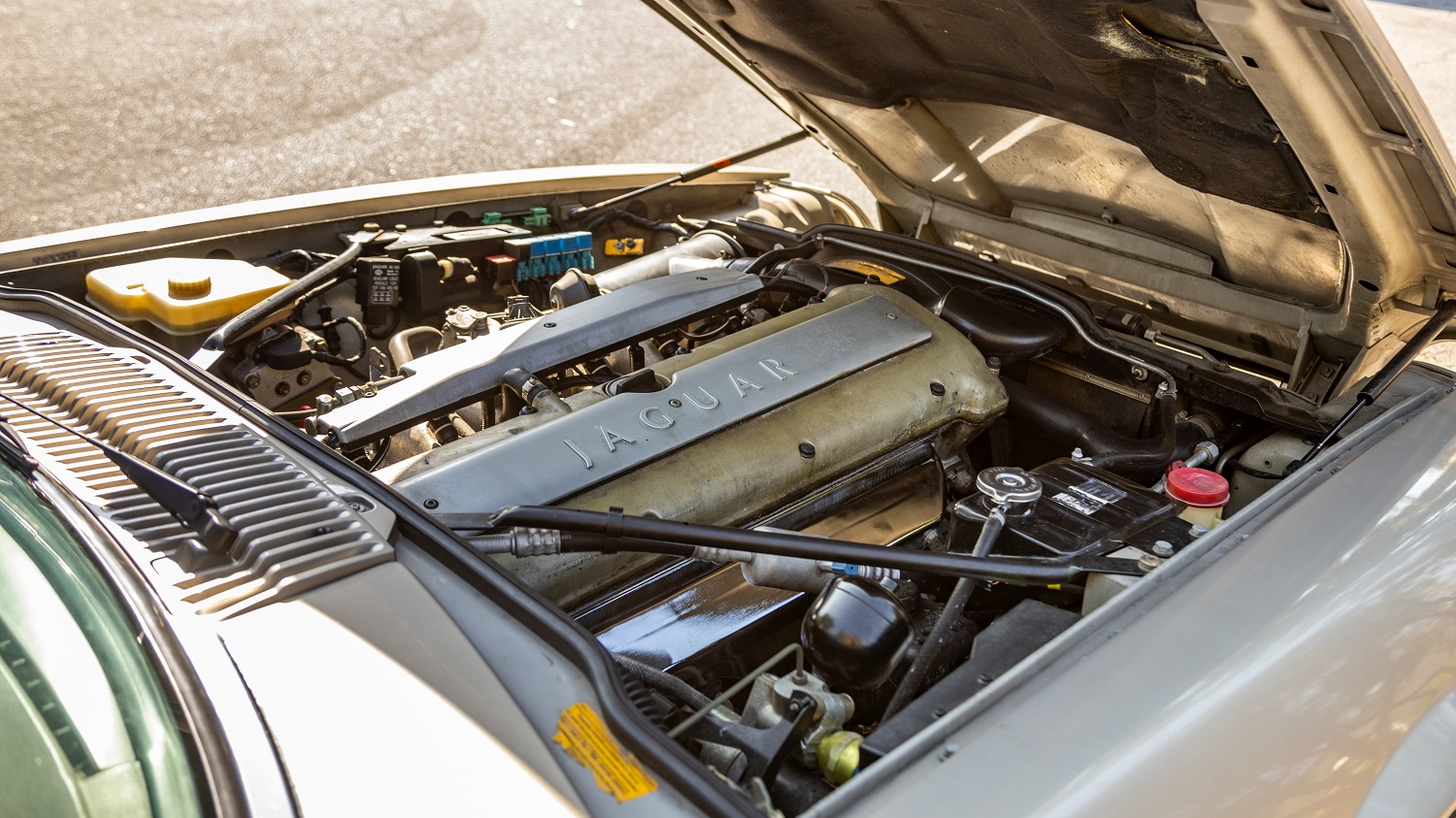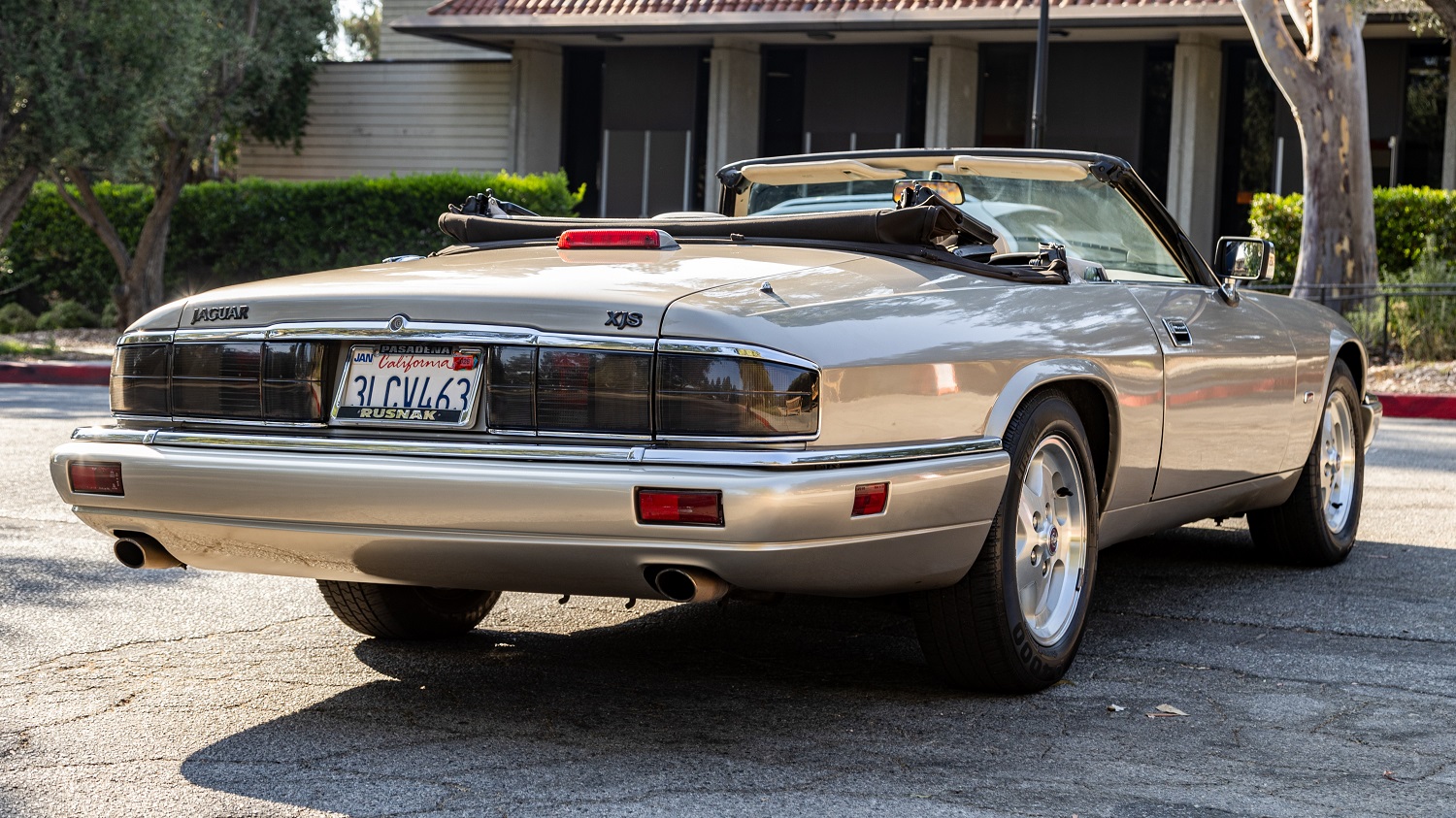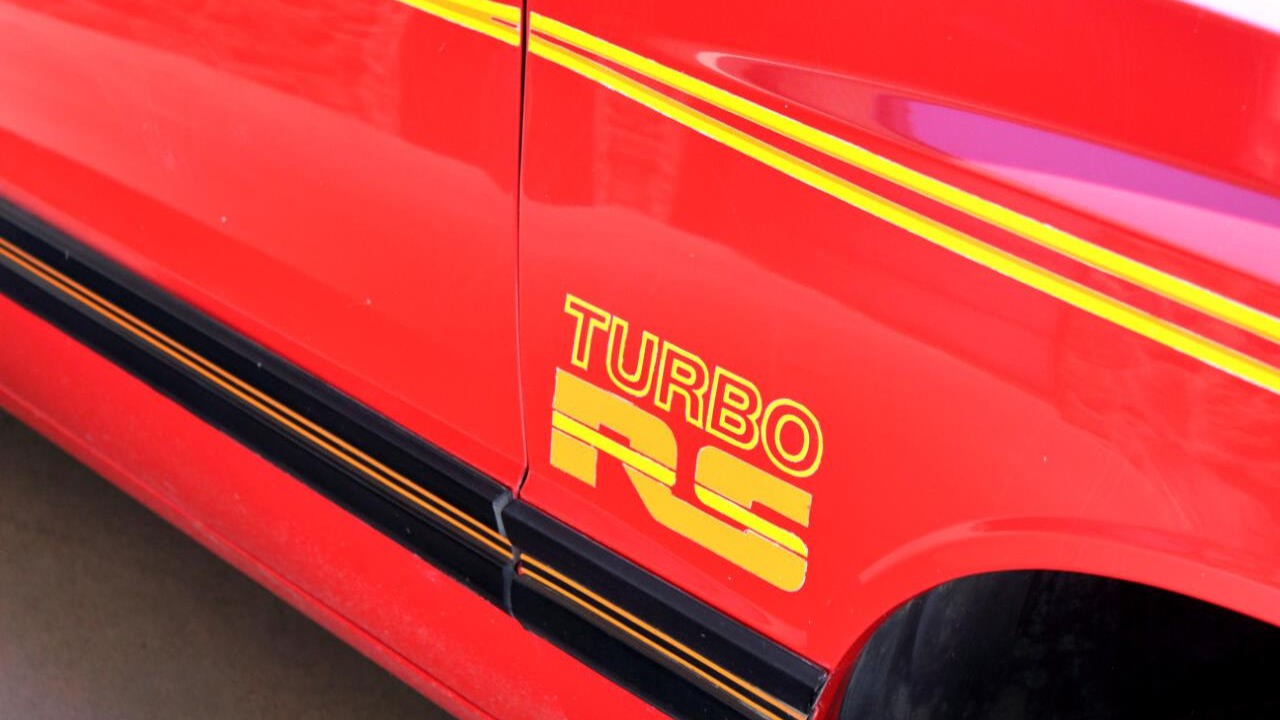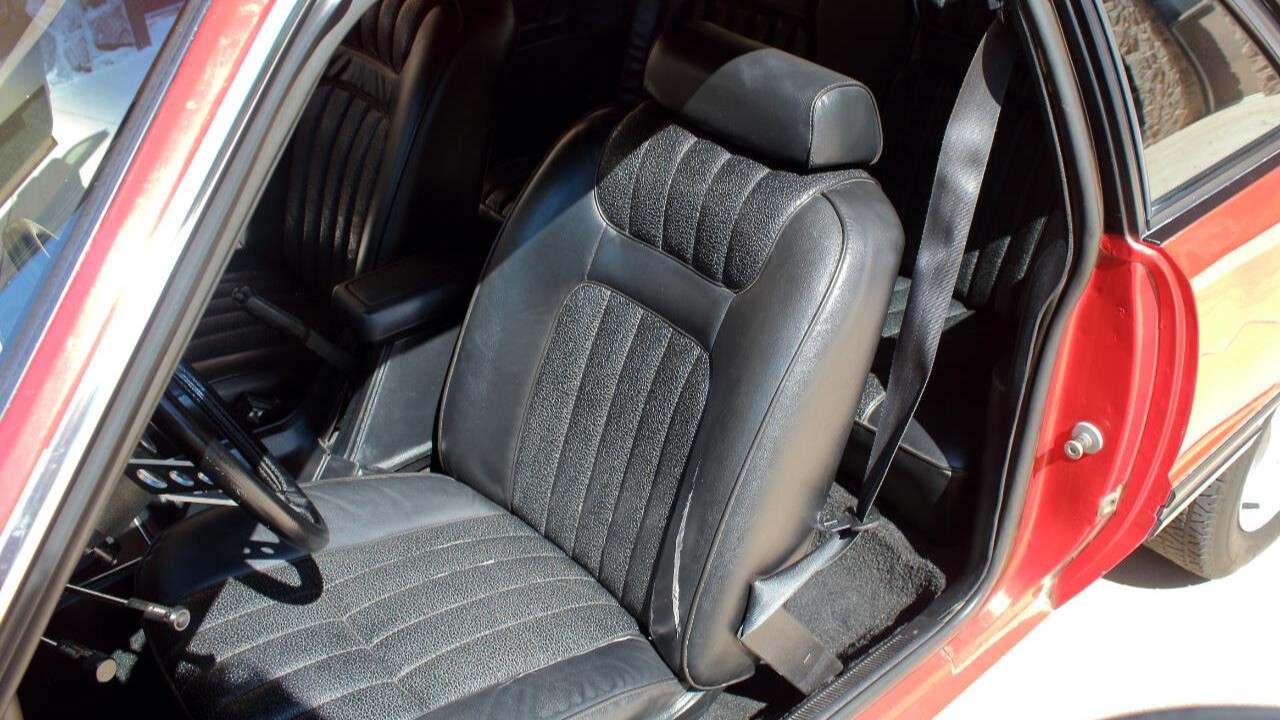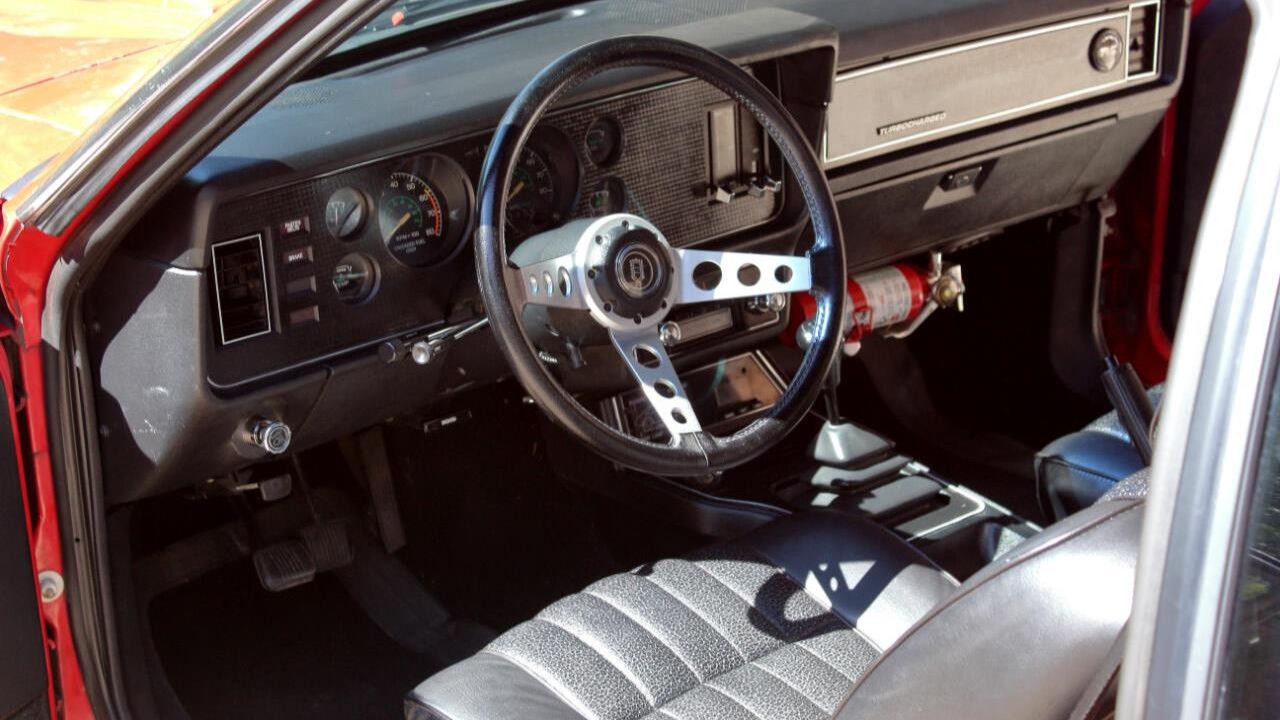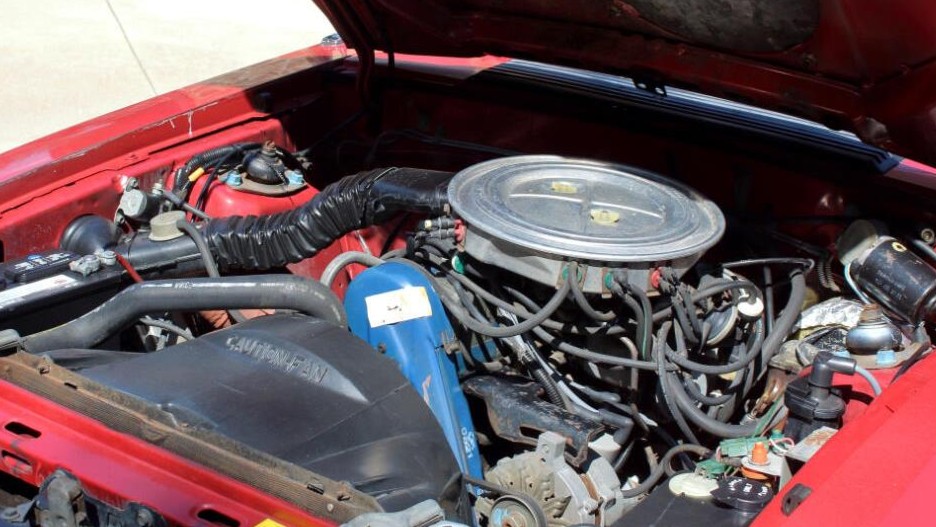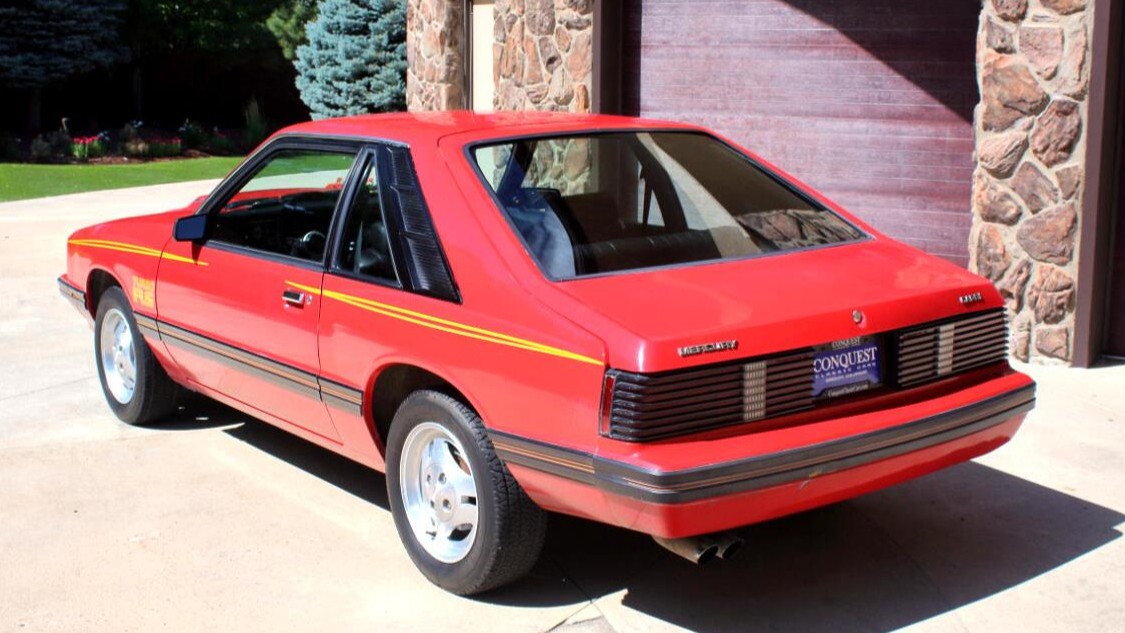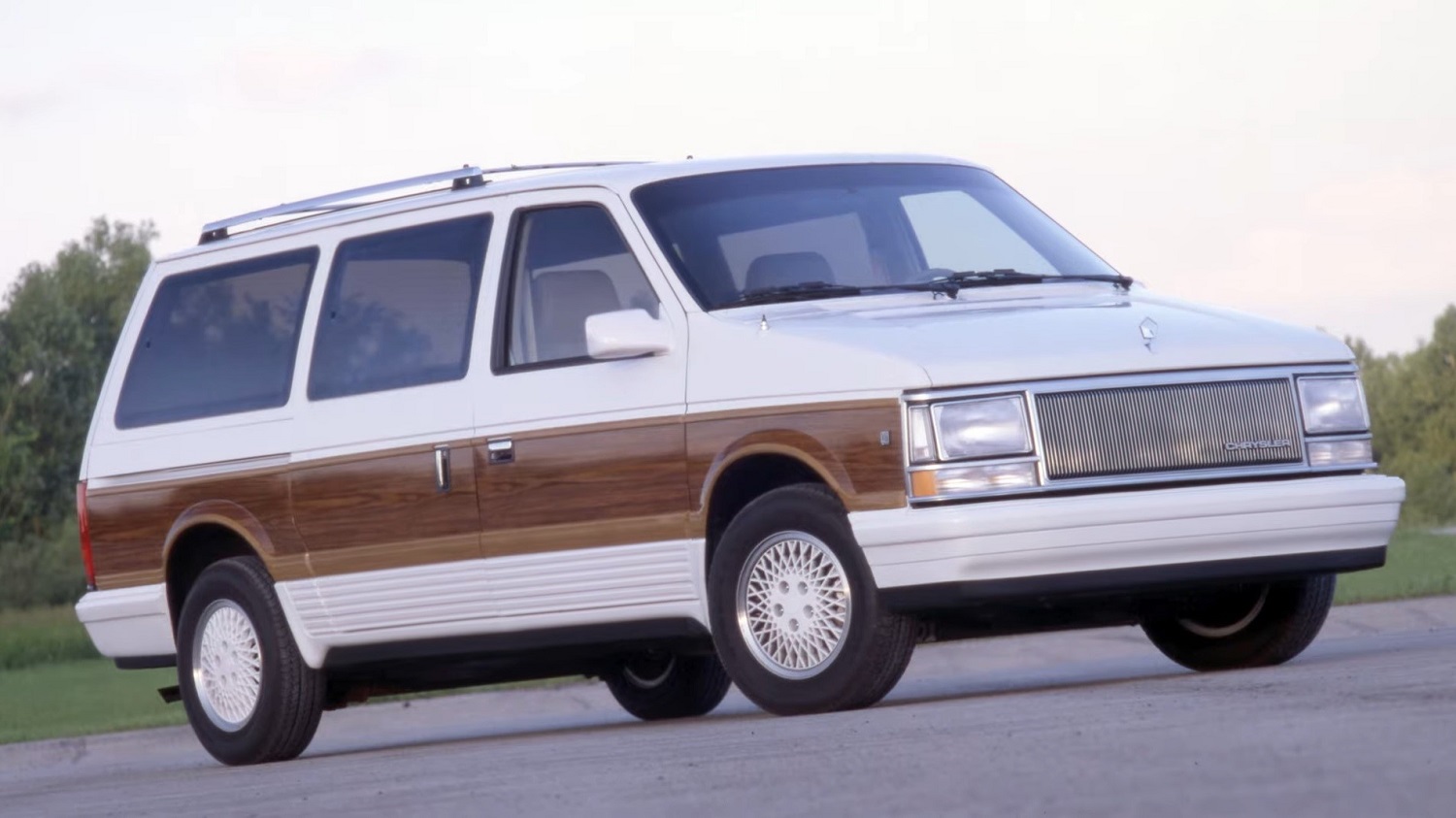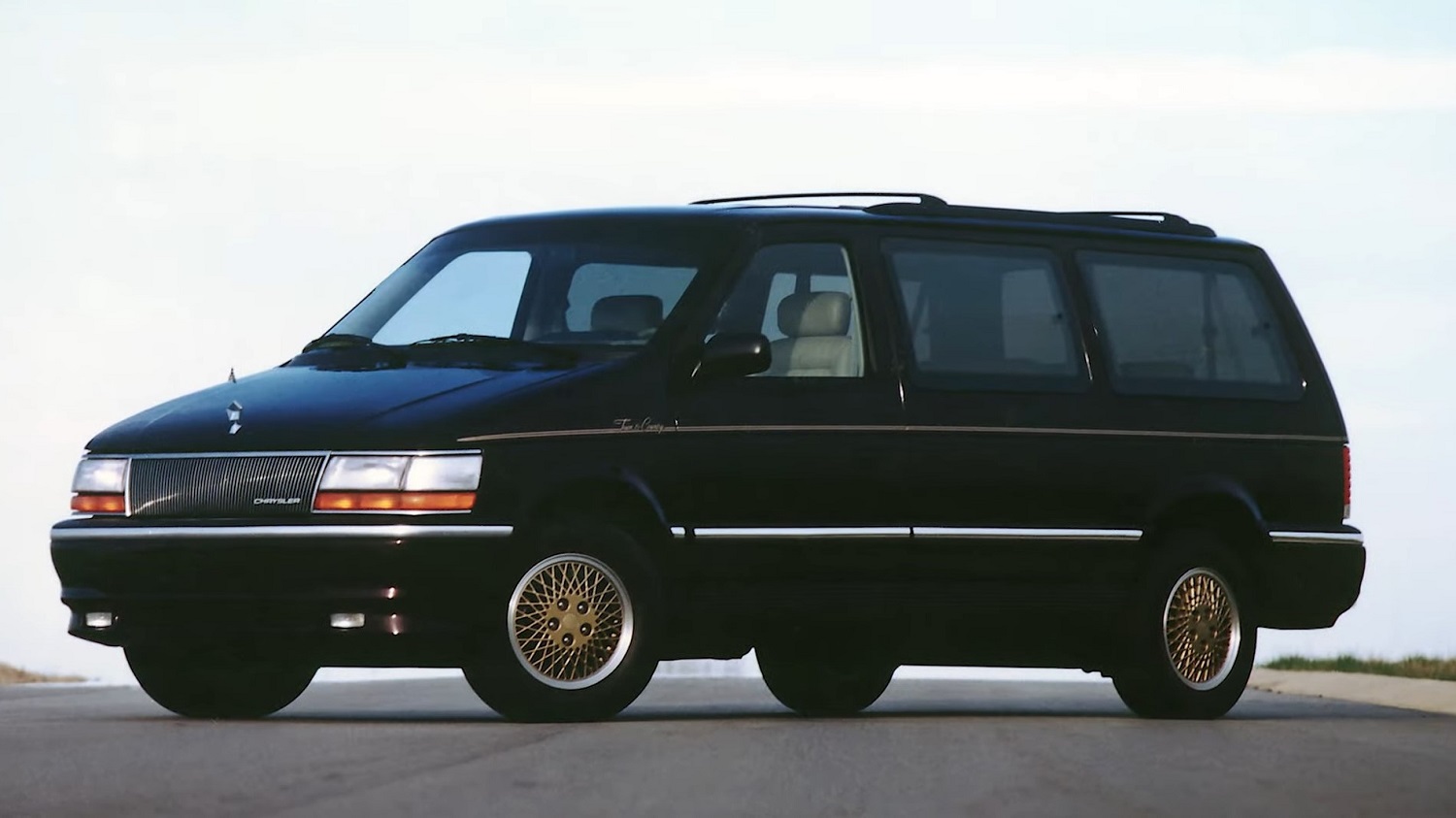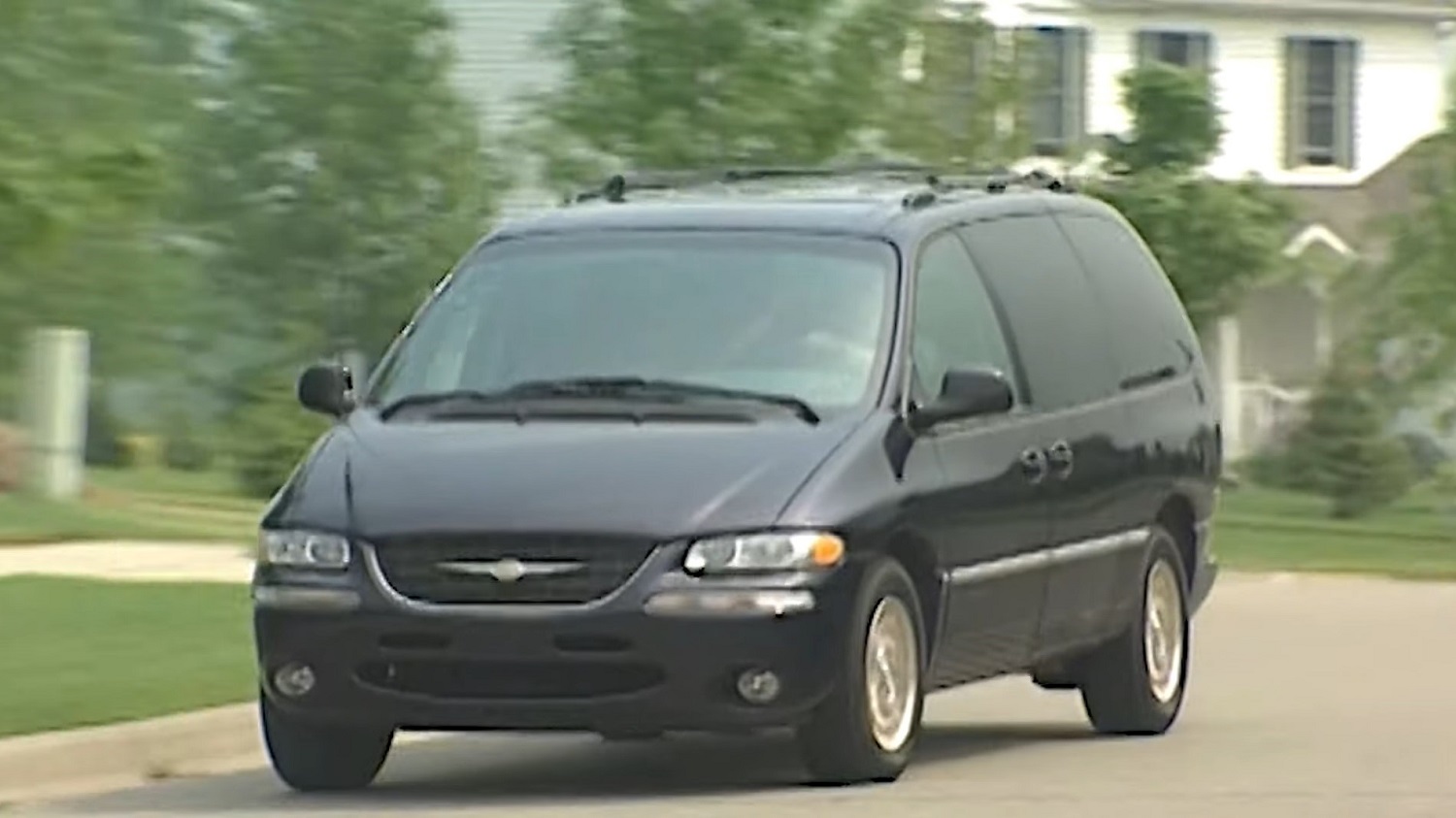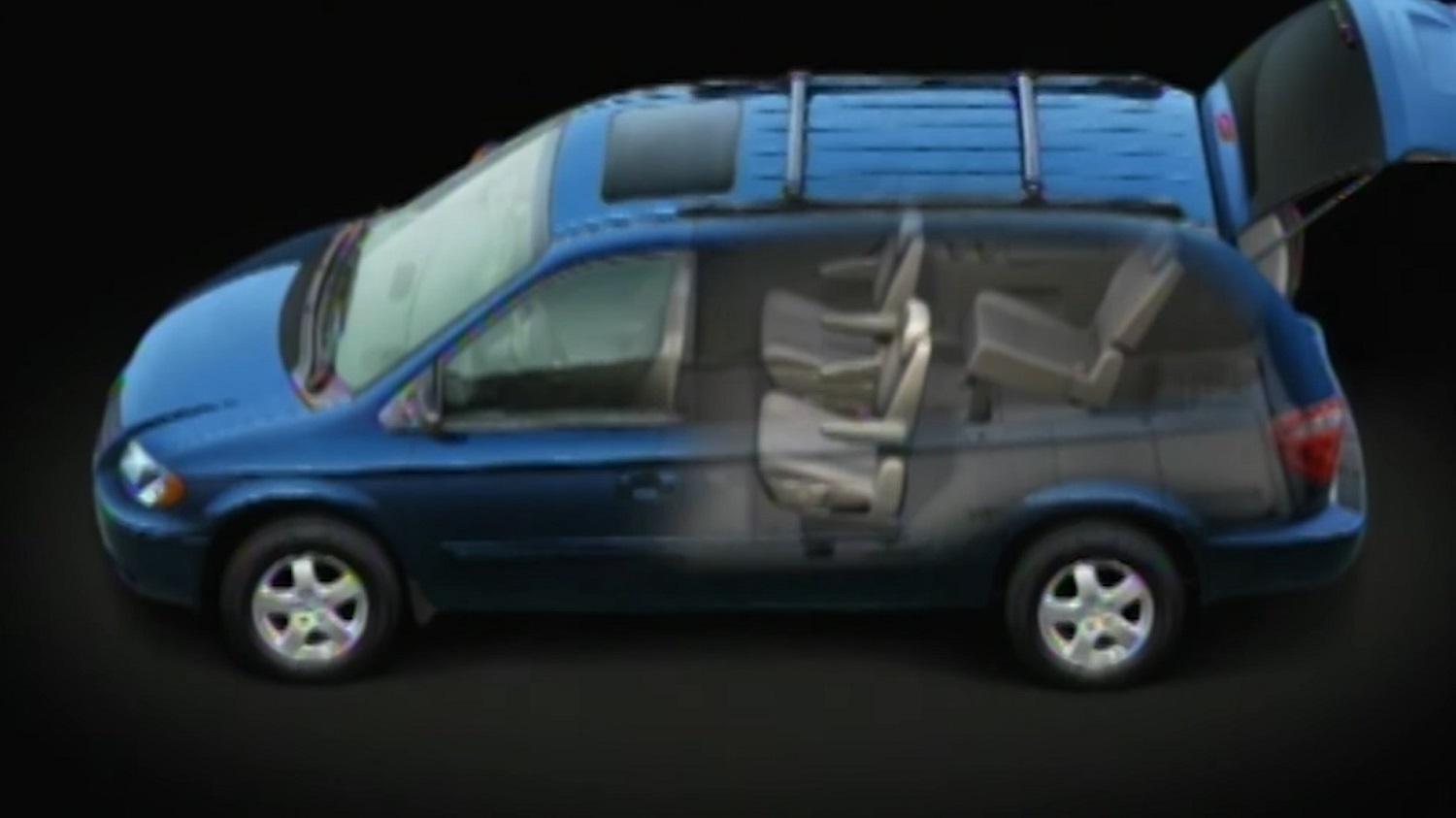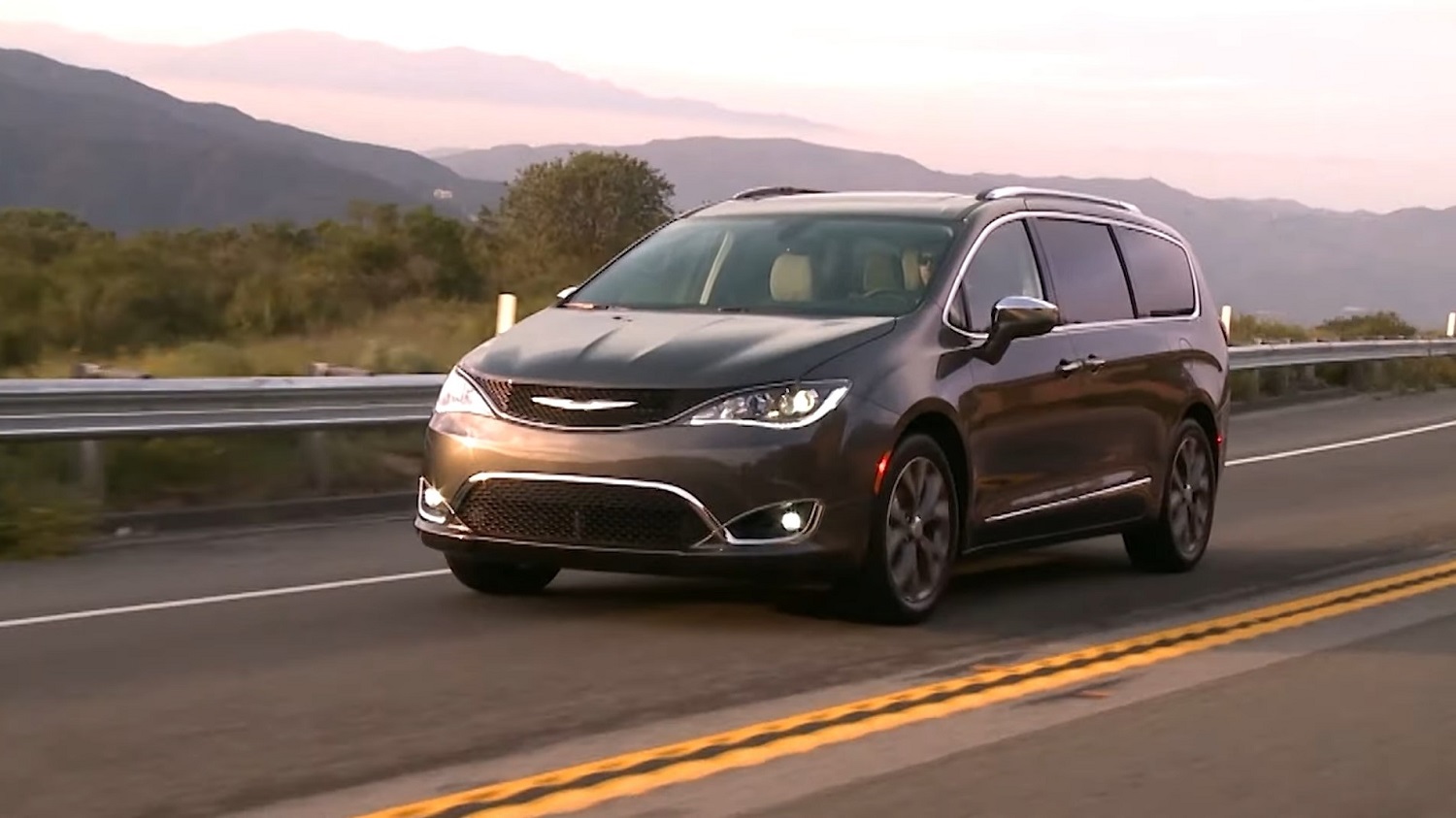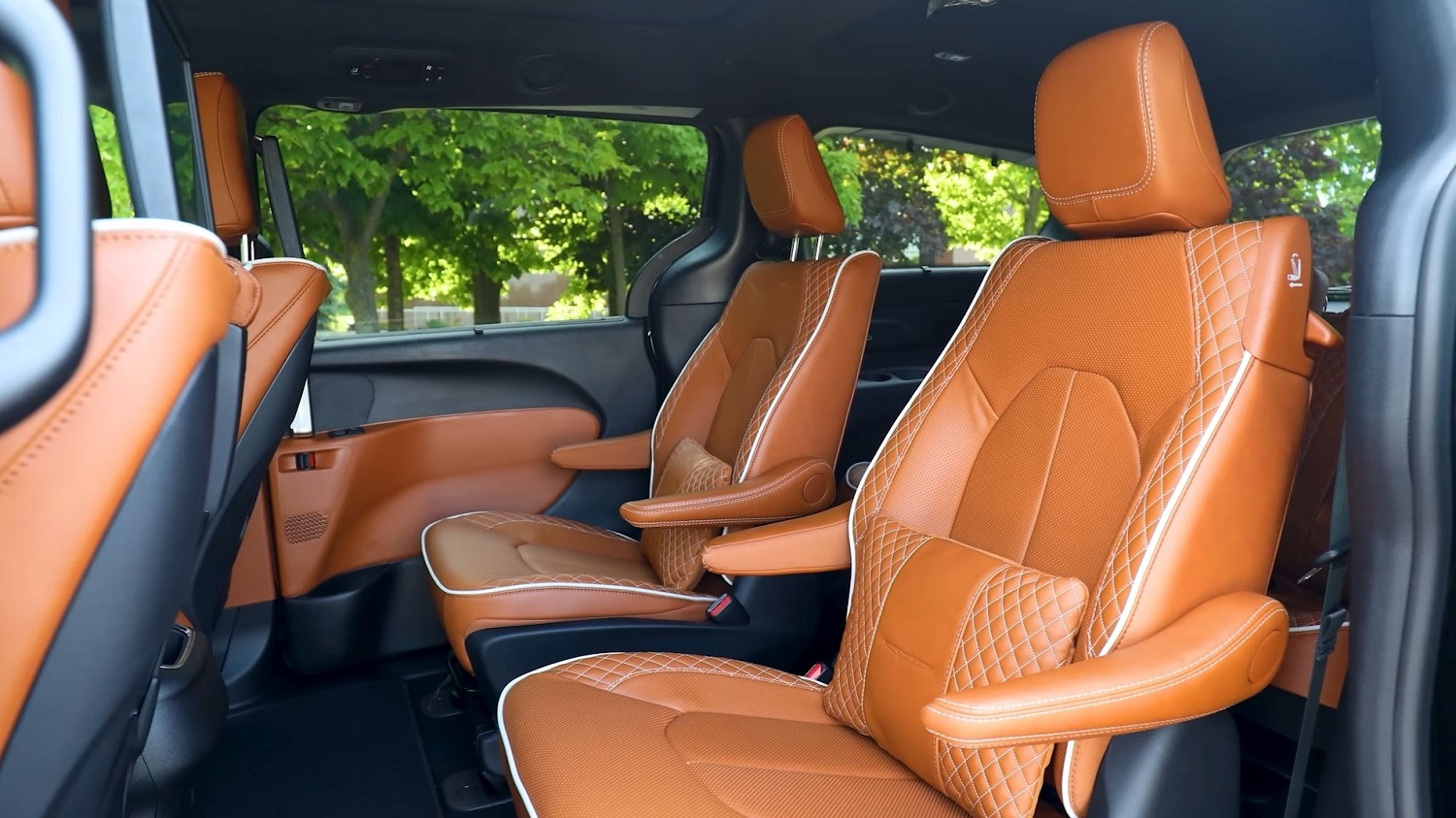Last September, Nissan revealed the all-new 2025 Armada. The third-generation model ditched the outgoing 5.7-liter V8 for a twin-turbo 3.5-liter V6 paired with a new nine-speed automatic. For the first time ever, the Armada was available in the Pro-4X off-road trim. The 2026 model year brings another first for the Armada: a Nismo variant with more power and a more athletic suspension. However, this broadening of the trim level spectrum is not new for SUVs in general.
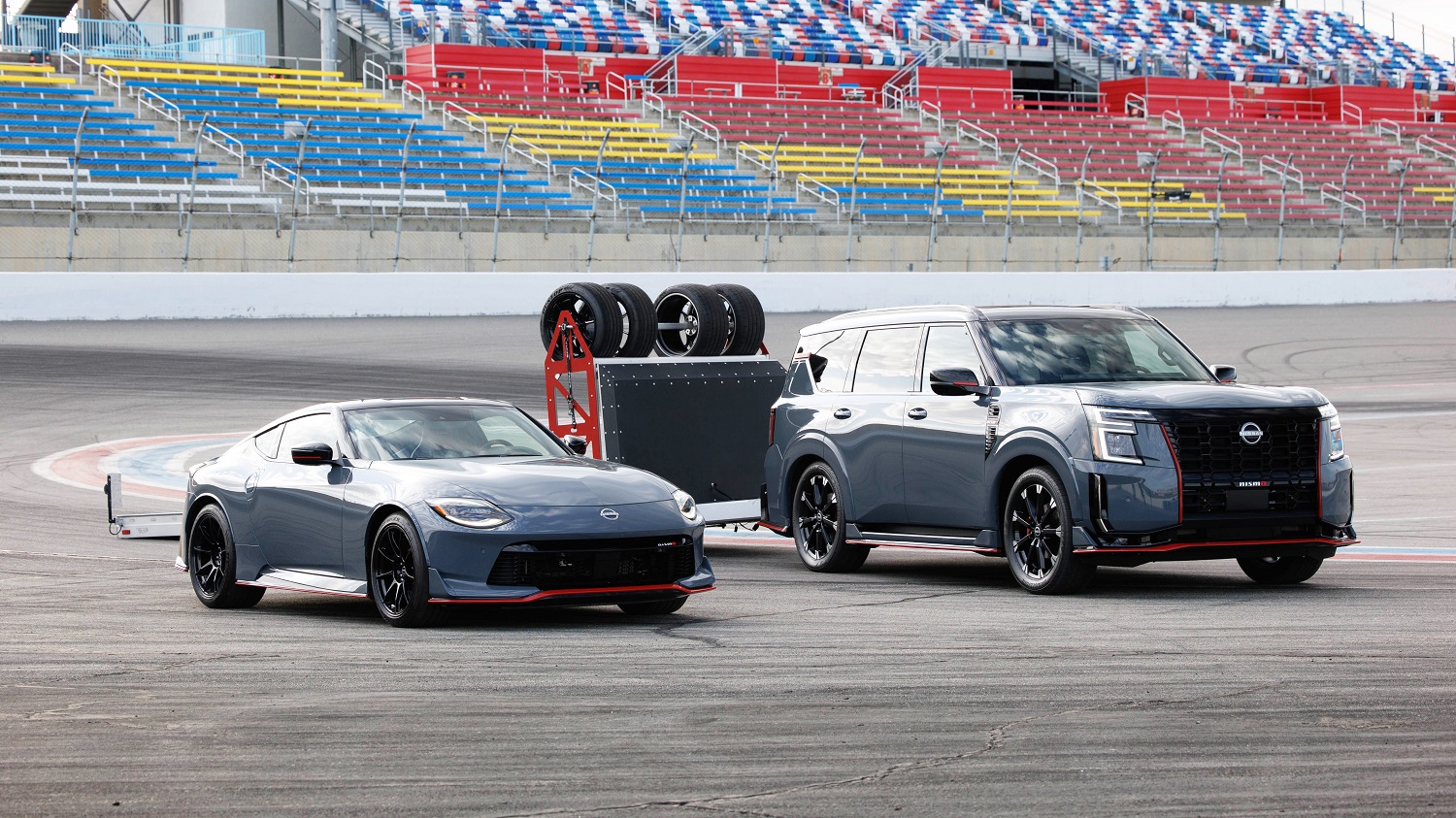
If you’re familiar with Nissan‘s Nismo treatment, which is typically reserved for its sports cars, you know to expect an assortment of cosmetic and performance upgrades. To set the Armada Nismo apart visually from its less sporty siblings, Nismo restyles the 6,102-pound, full-size, body-on-frame SUV’s front and rear fascias, grille, side steps, and rear spoiler. Underneath the fender flares is a set of special 22-inch wheels wrapped in high-performance all-season tires.
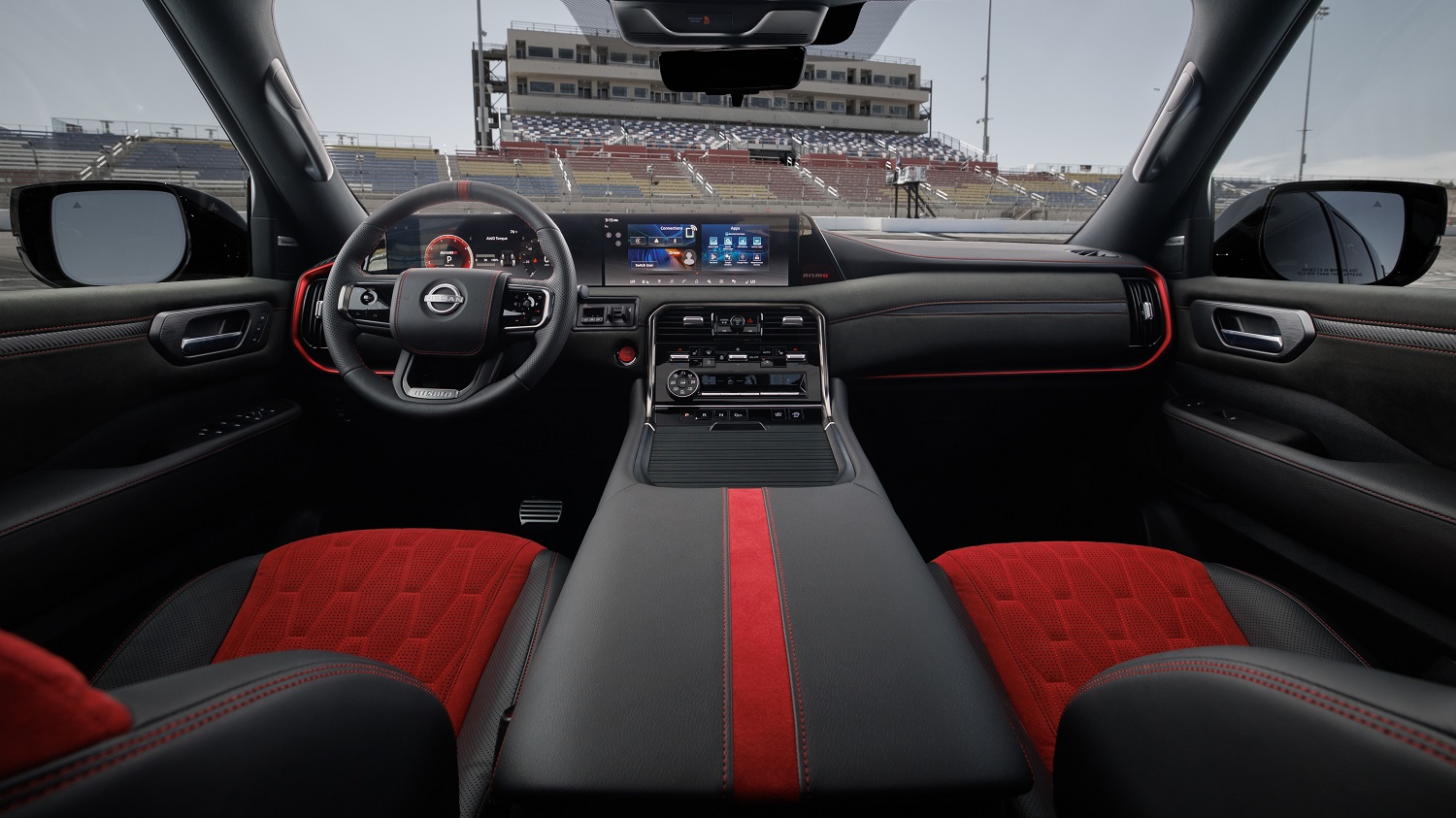
The cabin is similarly distinctive and features Nismo-specific charcoal leather upholstery with quilted red inserts and red stitching. According to Nissan, “Other additions include adjustable side bolsters for the front seats, which help snug occupants in place during spirited driving, plus aluminum pedals and multicolor ambient lighting.”
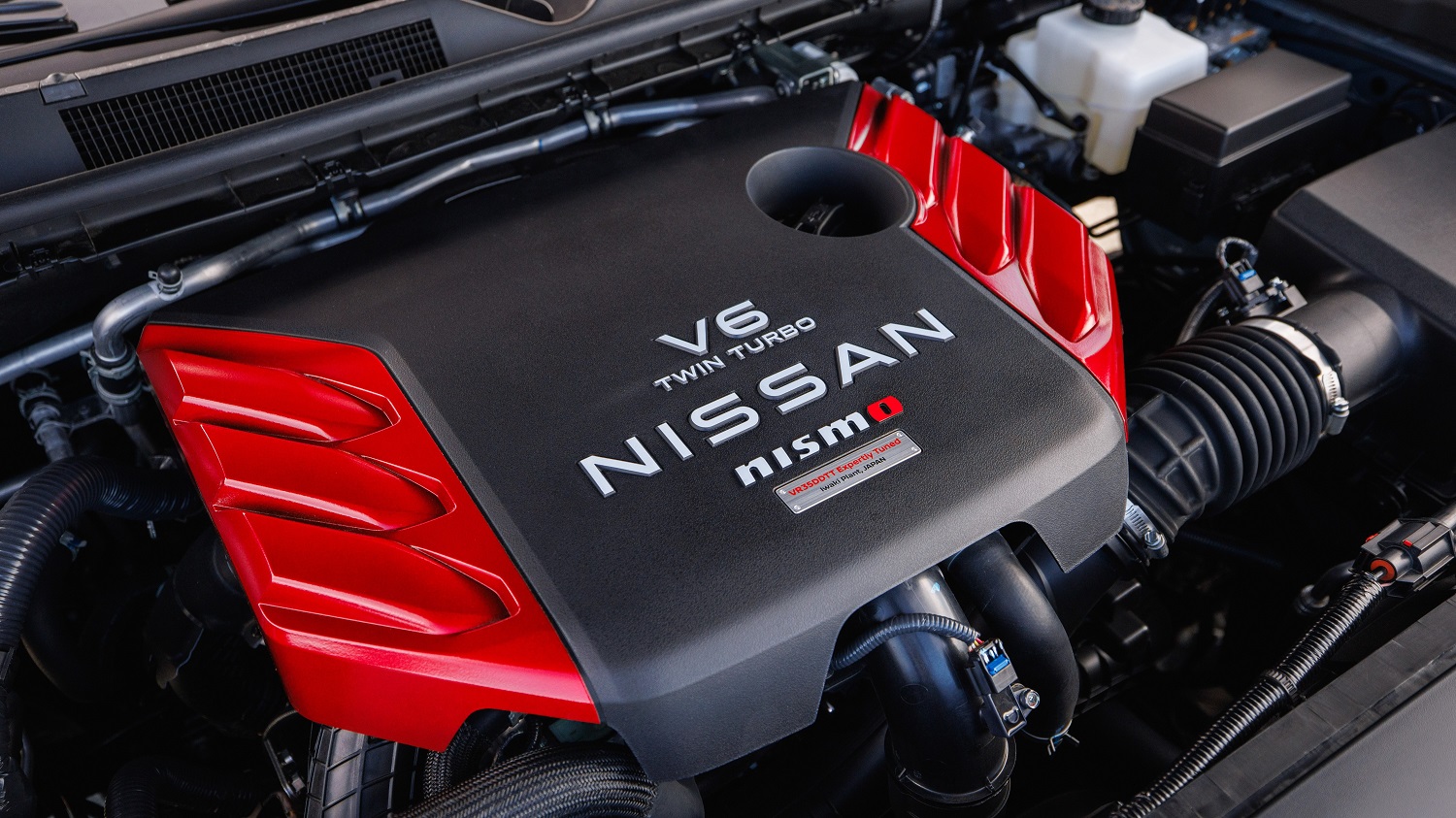
To make the Armada more capable in the curves, Nismo tunes the electric power steering and tweaks the Adaptive Electronic Air Suspension. Long straightaways can seem a little shorter thanks to revised engine programming and finely tuned valve clearances that bump the twin-turbo six’s output from 425 to 460 horsepower and 516 lb-ft of torque.
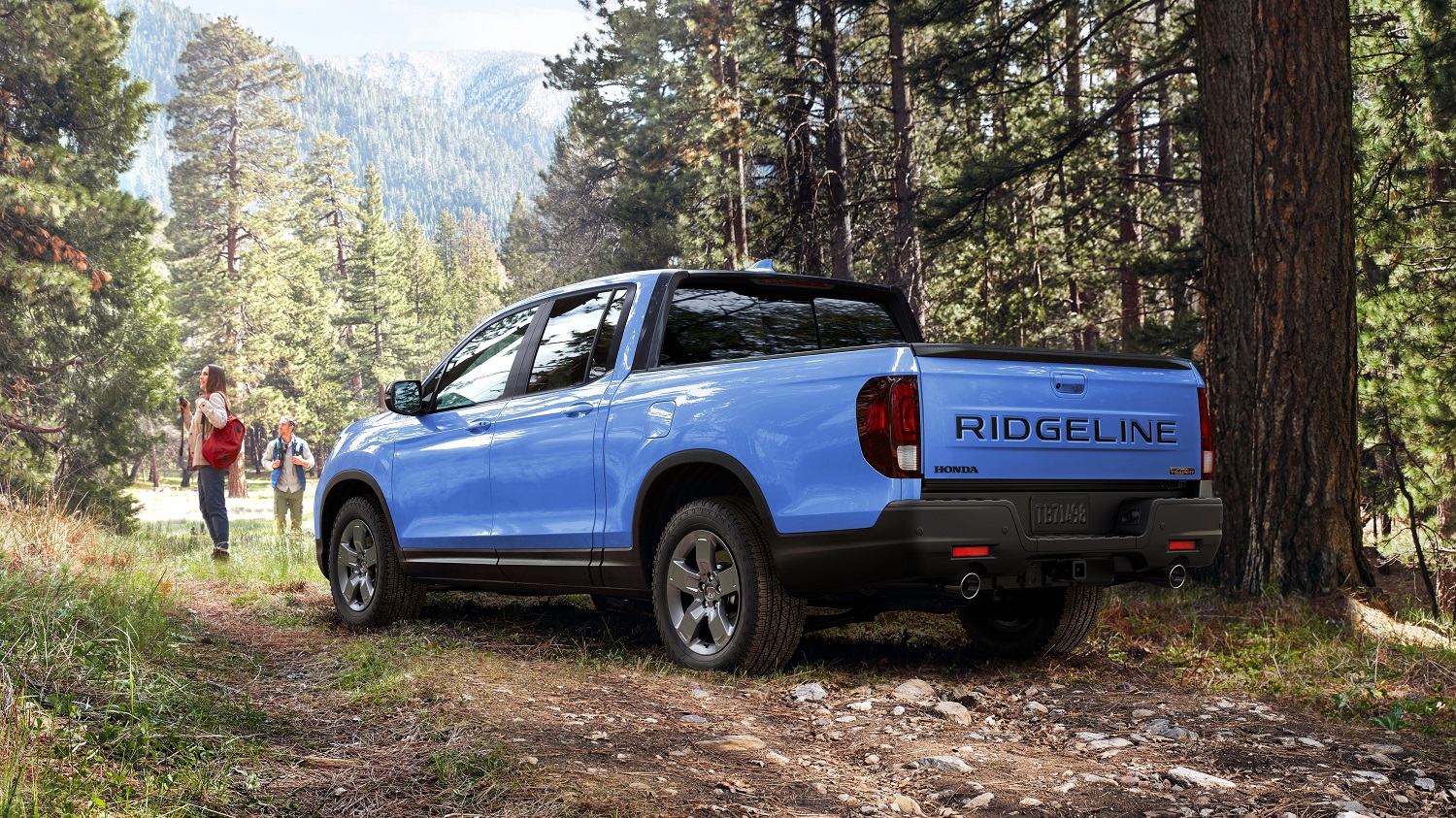
As odd as an Armada Nismo may seem, it’s not that surprising these days. It’s just part of manufacturers casting a wider net of specifically focused models to catch more buyers. Performance SUVs have been around for decades—remember the Mercedes-Benz ML55 AMG or the Porsche Cayenne Turbo from the 2000s? Several years ago, companies started pairing sports car-like performance with sleeker, coupe-like rooflines, which explains vehicles such as the BMW X6 and Genesis GV80 Coupe. Vehicles primarily meant for carrying people on paved roads suddenly started being offered in off-road trims with more rugged styling, all-terrain tires, and other upgrades to make them more capable in difficult terrain (which is where we tested the Honda Ridgeline TrailSport). Even certain EVs, such as the Hyundai Ioniq 5 XRT, are developed for fun in the dirt. That same general trend led to the 2025 Nissan Armada Pro-4X.
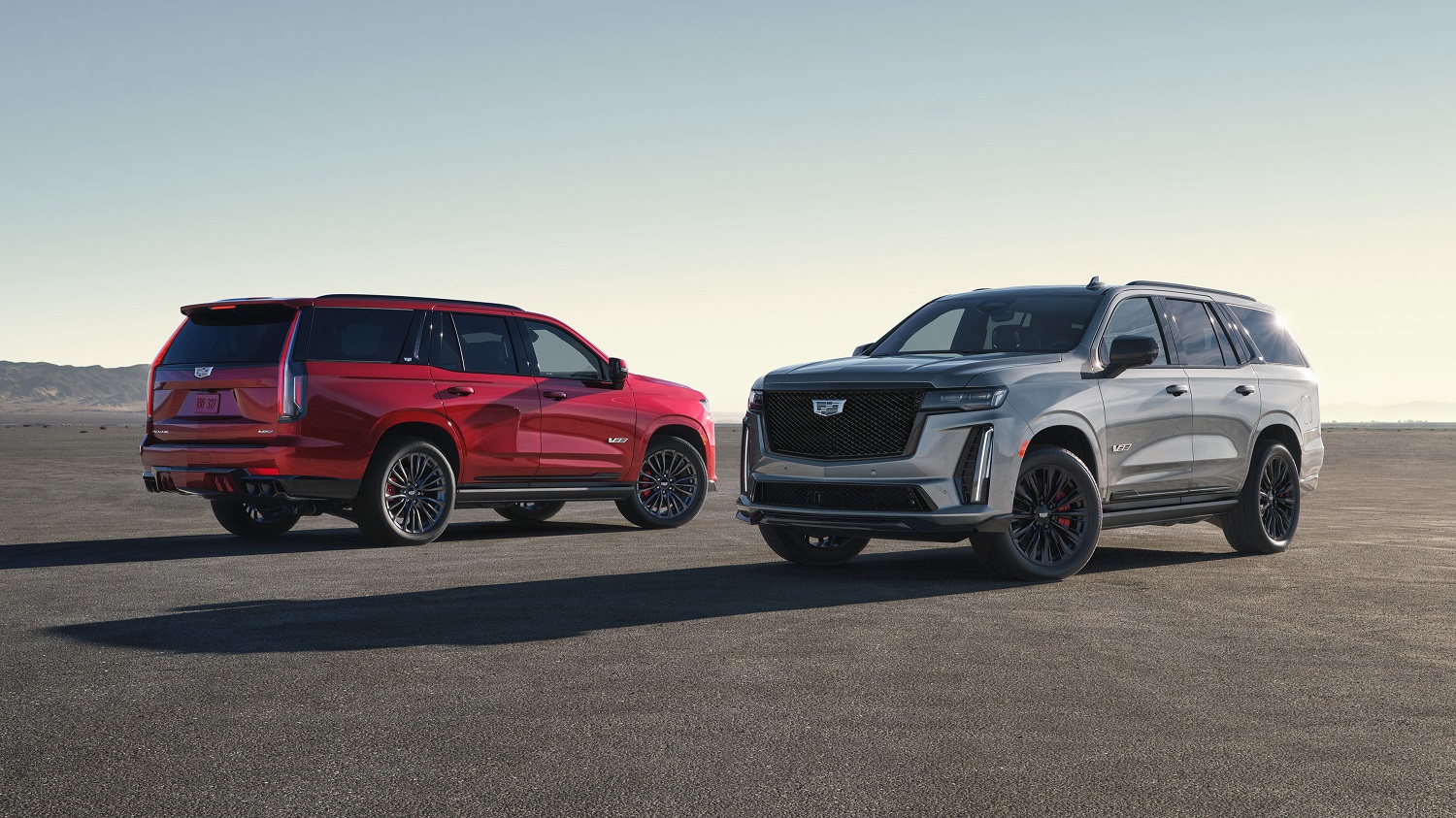
We’re also seeing larger SUVs shift toward the sportier end of the spectrum. For 2023, Cadillac released V versions of the Escalade and long-wheelbase Escalade ESV with 682 supercharged horsepower. We recently reviewed a Lexus TX 350 three-row SUV with the new-for-2025 F Sport Handling package, which shares space in the Lexus lineup with similarly equipped versions of the LX 600 and the LX 700h hybrid. Yes, on-road dexterity is now a priority for some buyers of the luxed-up Land Cruiser.
At this rate, maybe SUV convertibles are next. Were the Nissan Murano CrossCabriolet and the Land Rover Range Rover Evoque Convertible simply ahead of their times?

